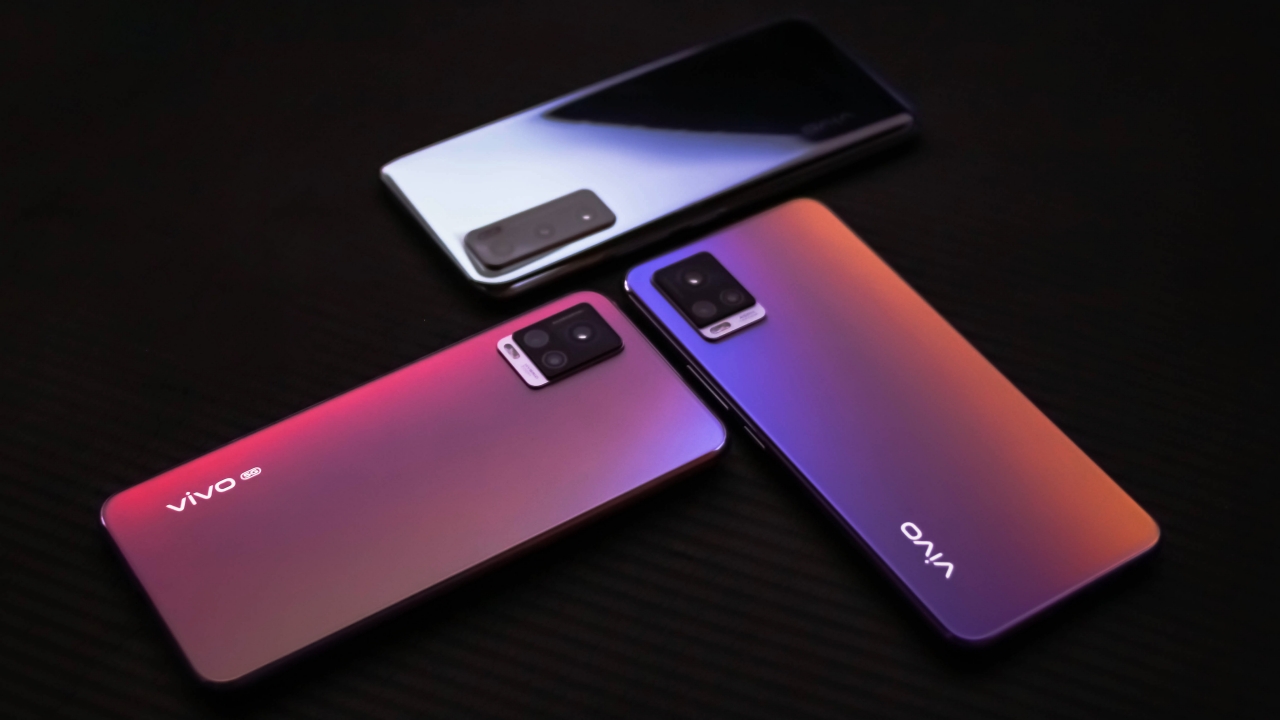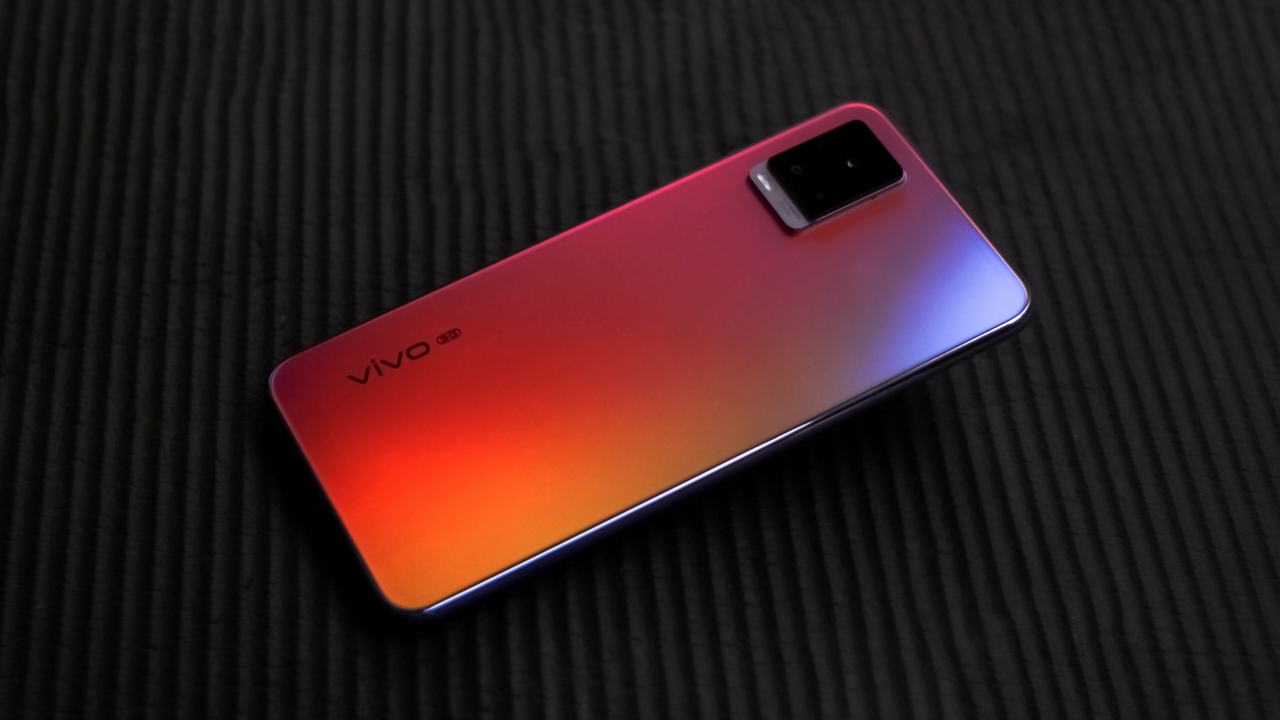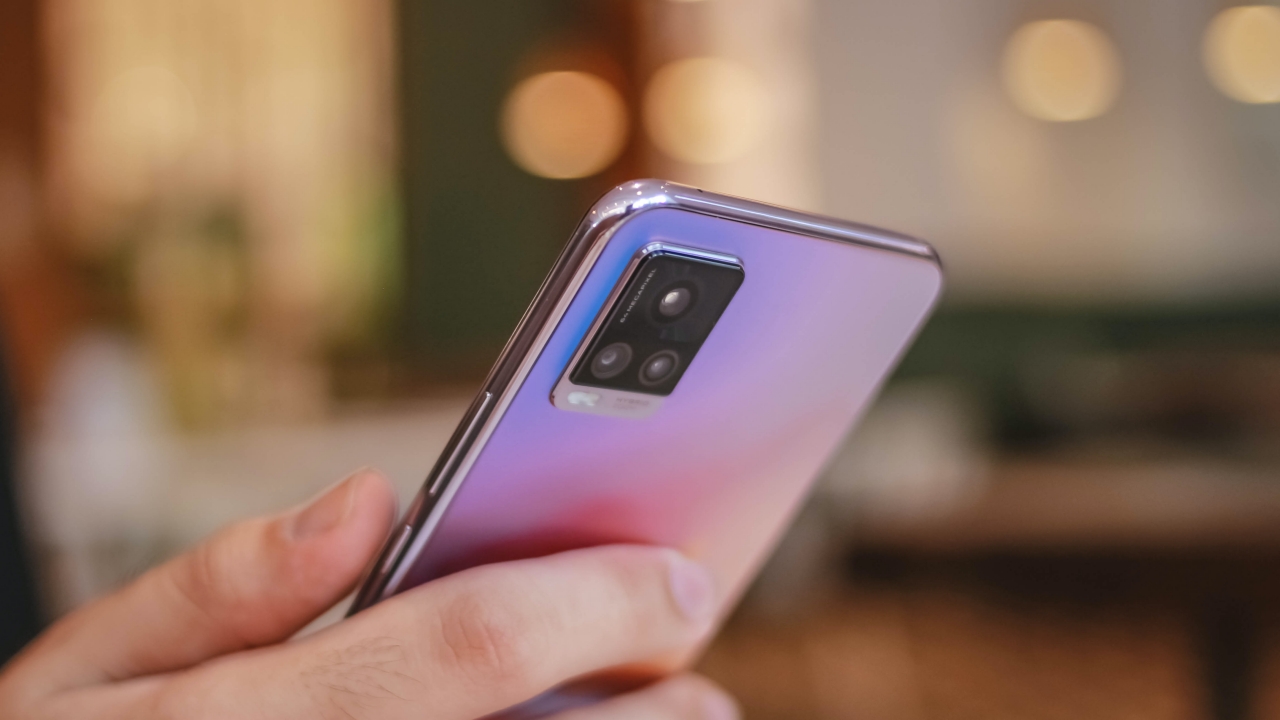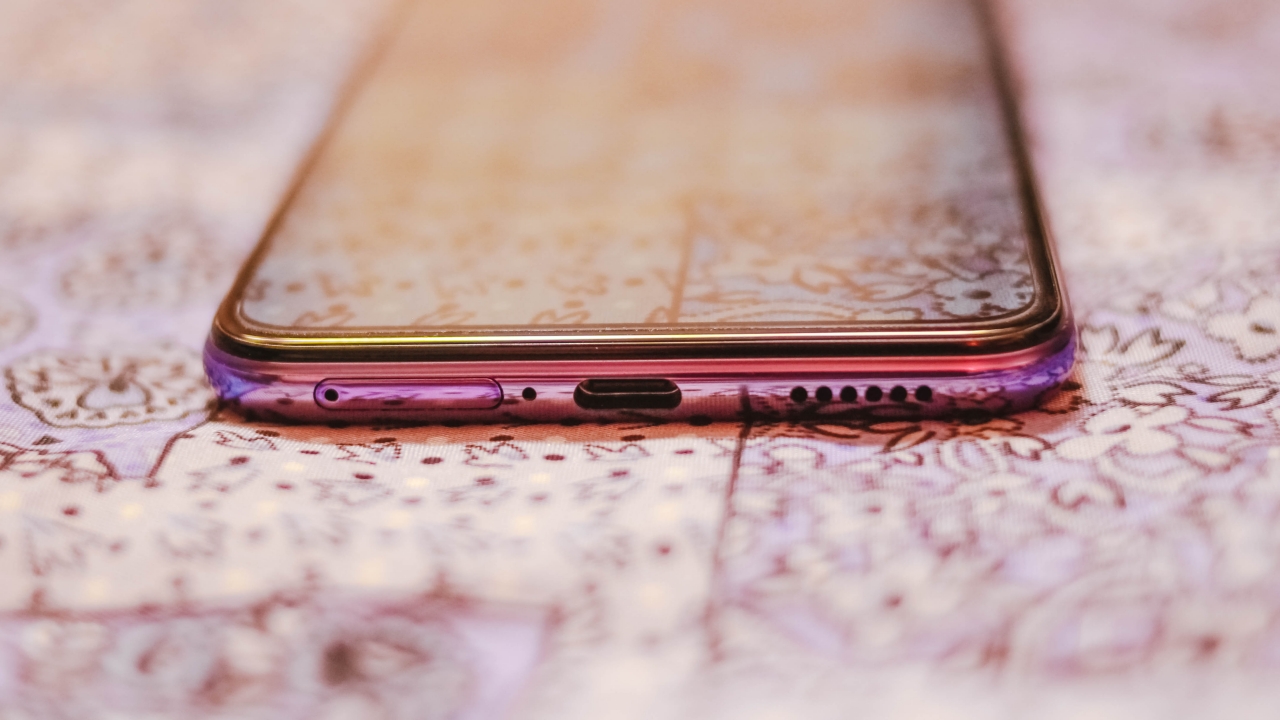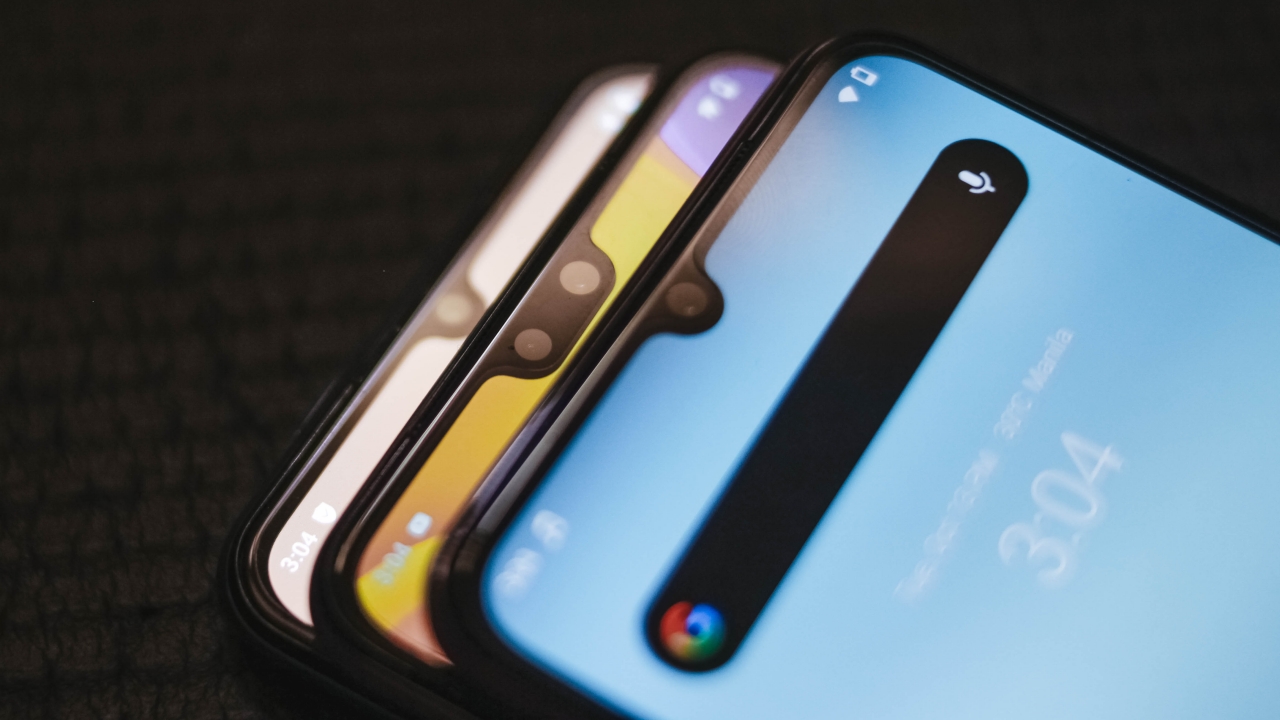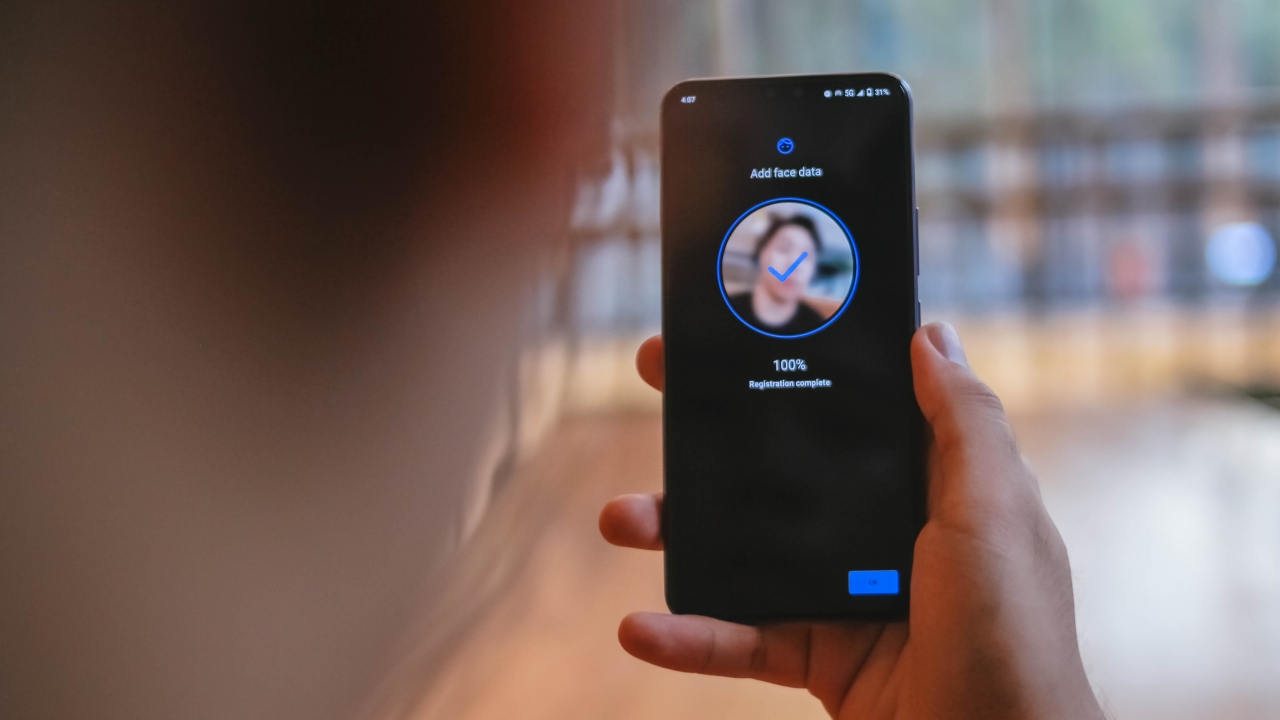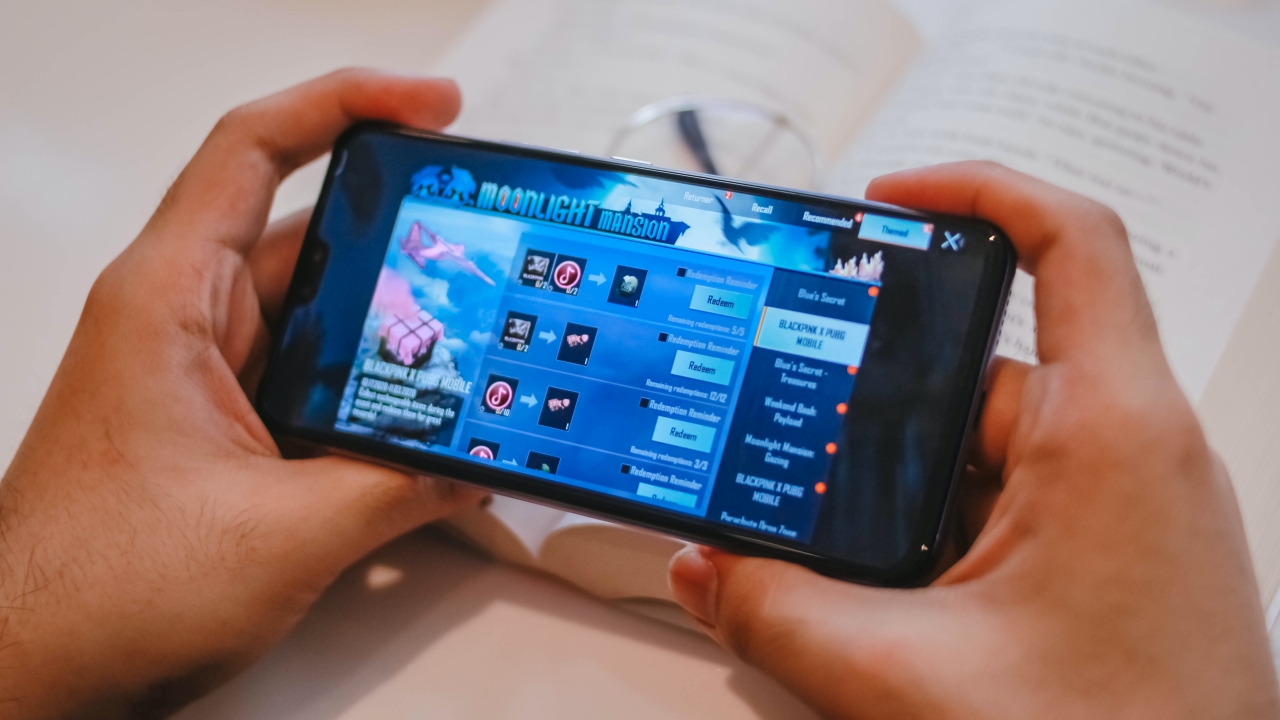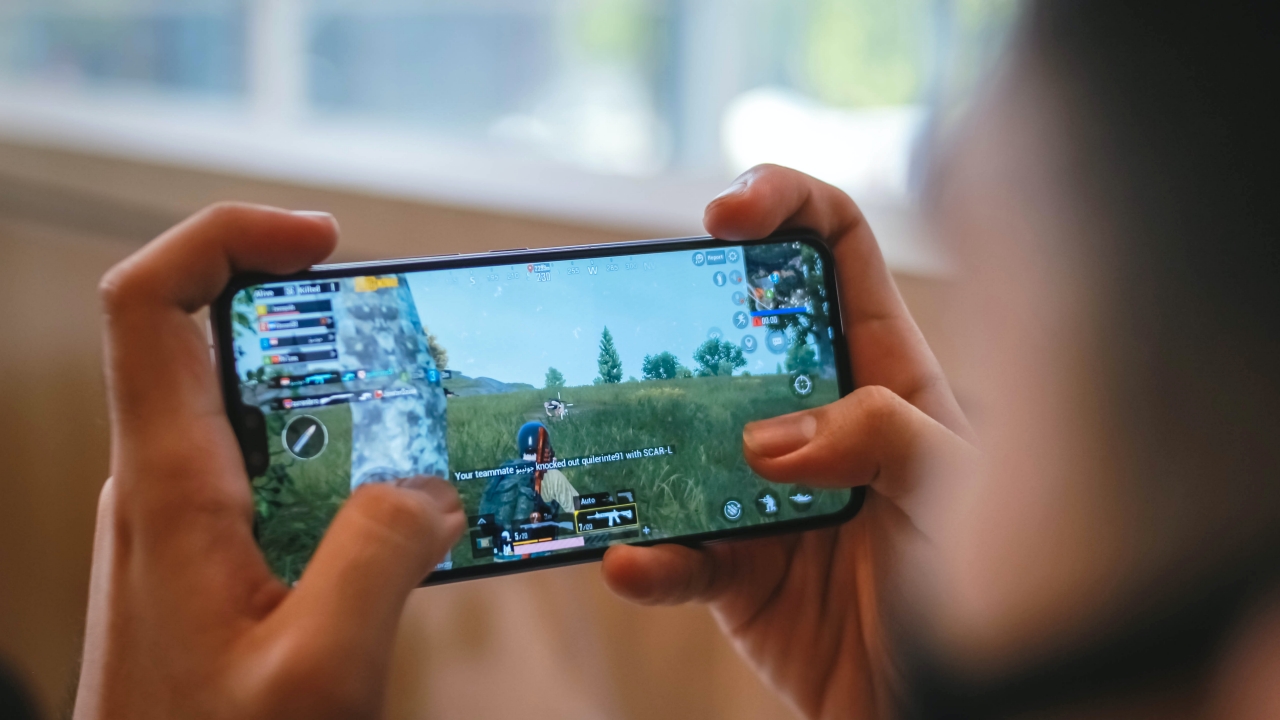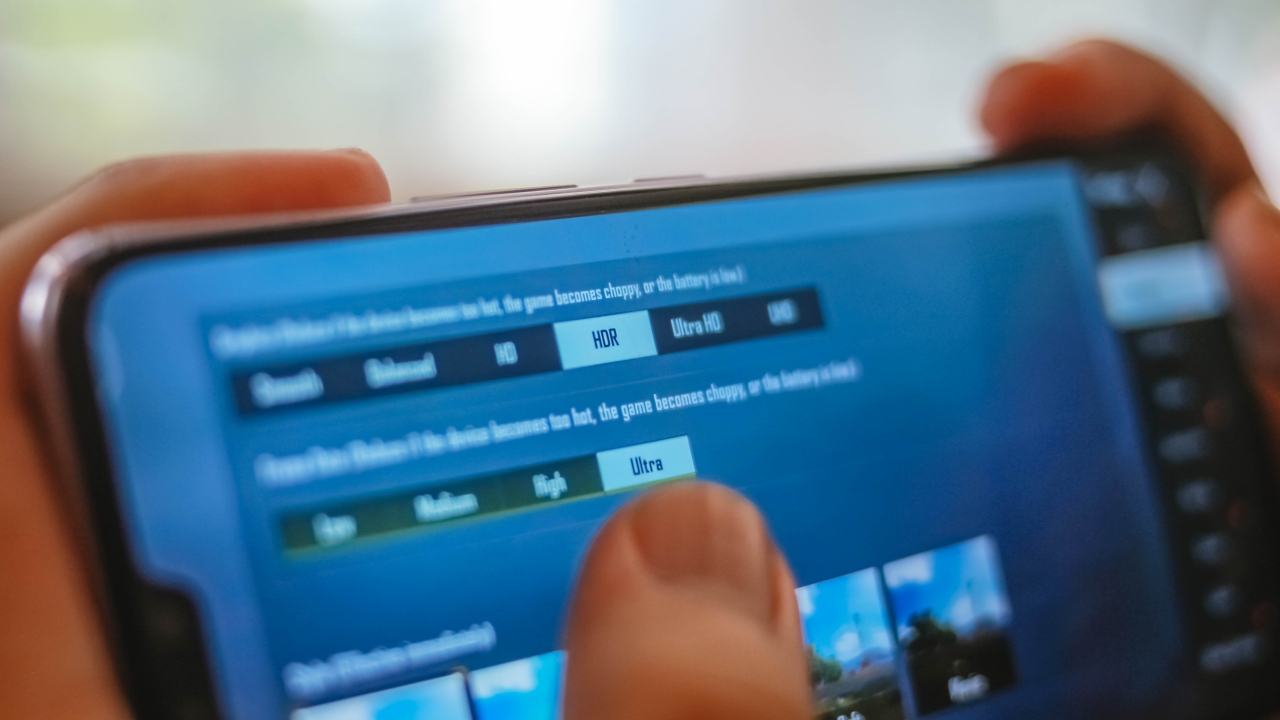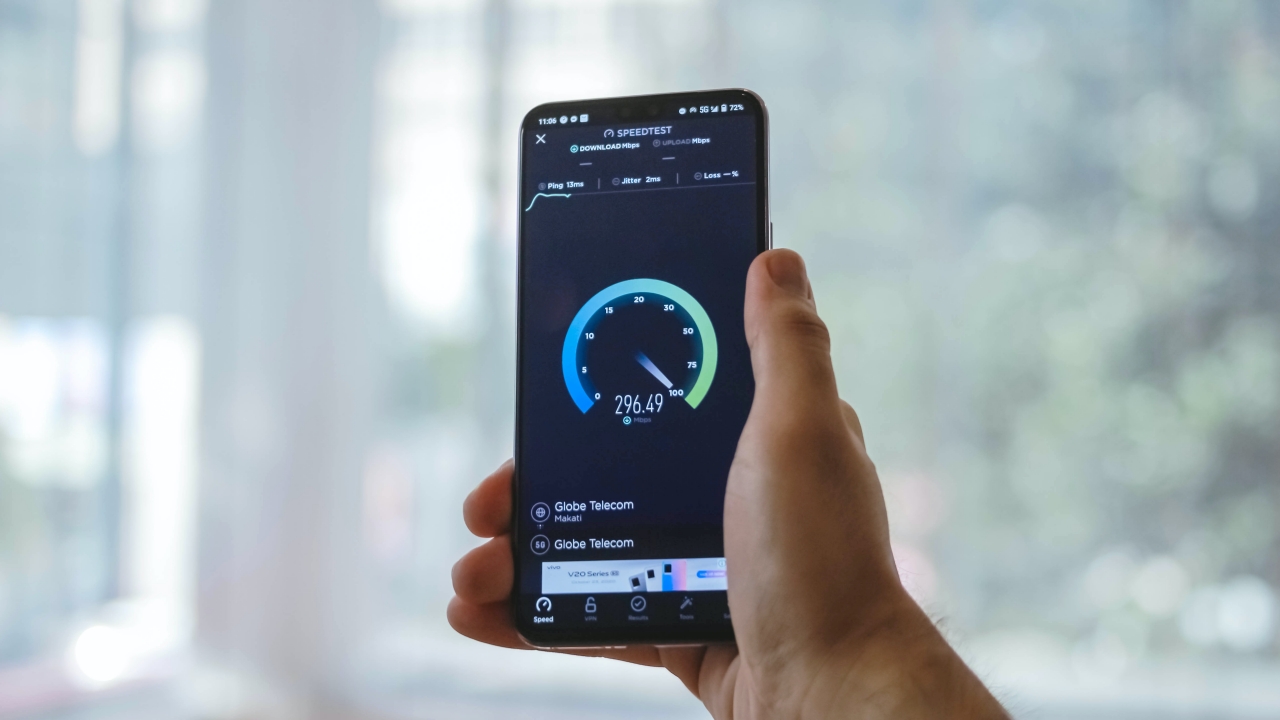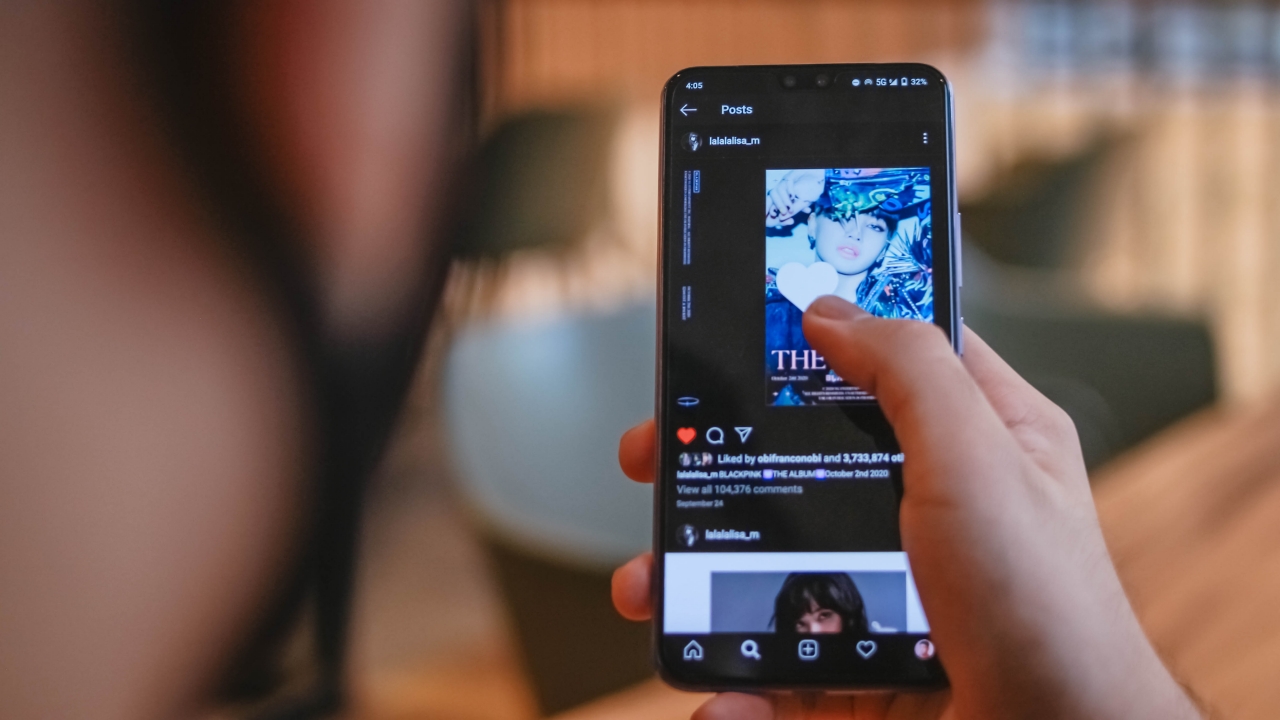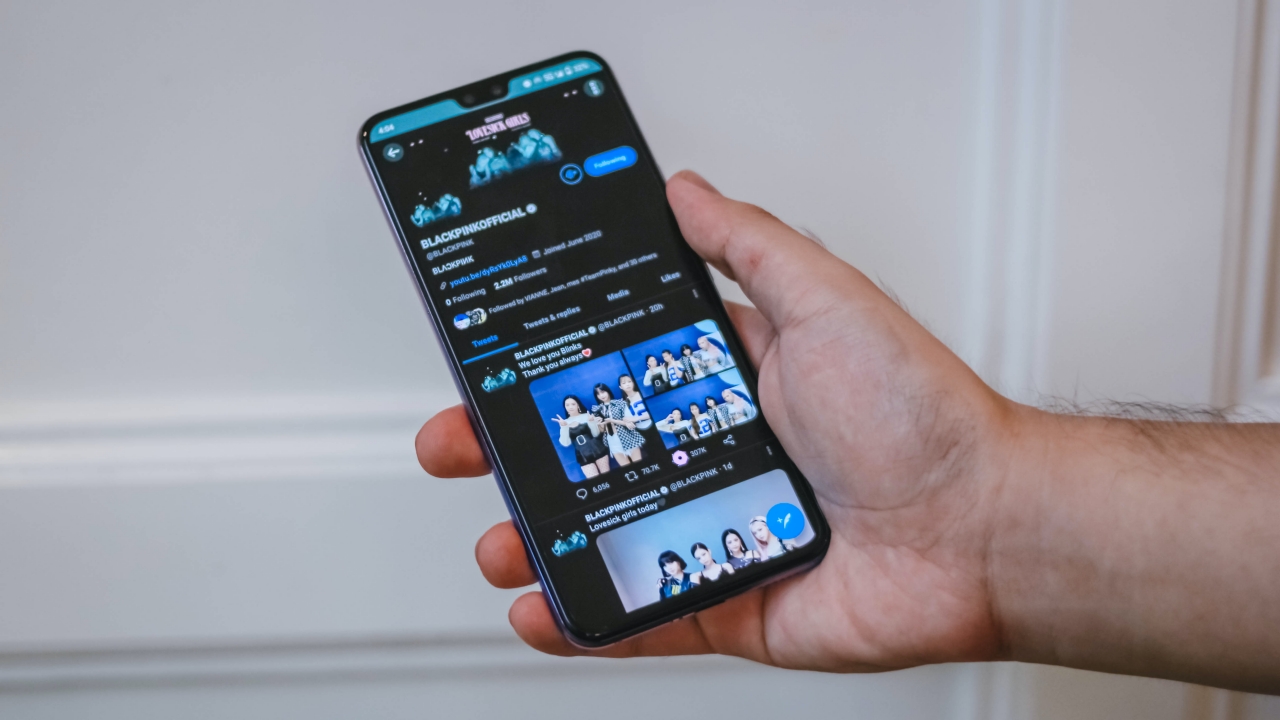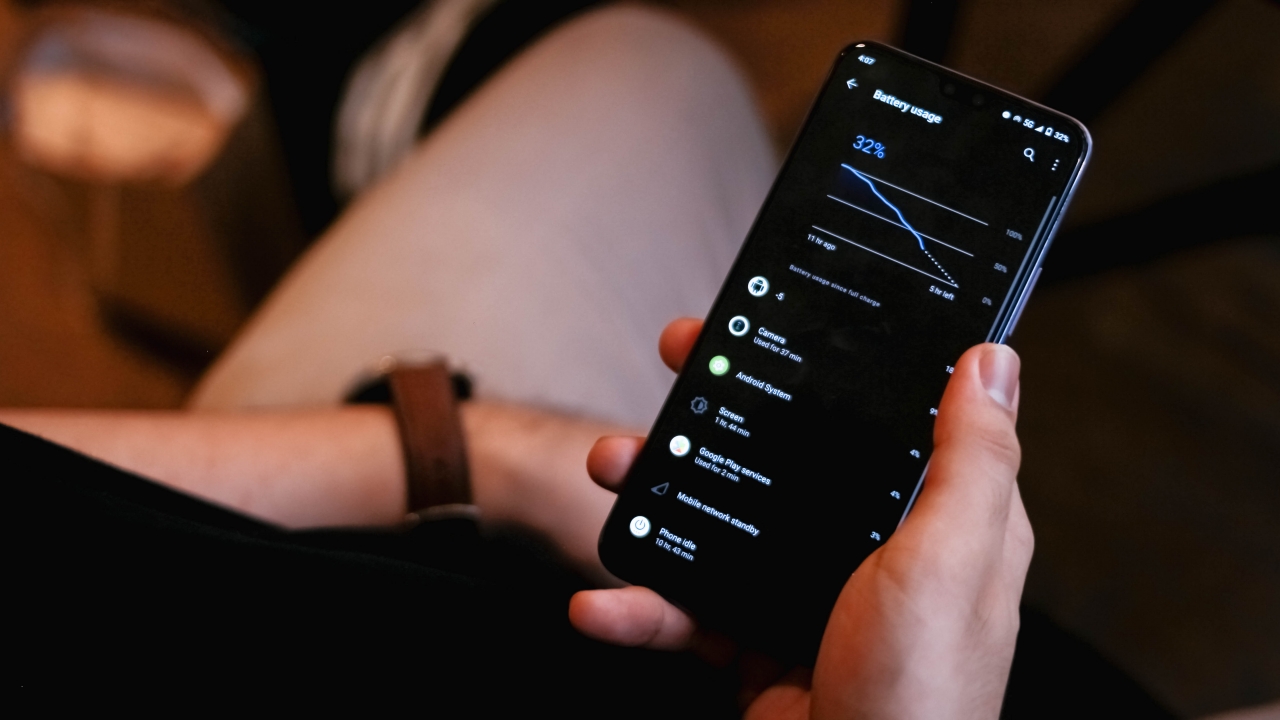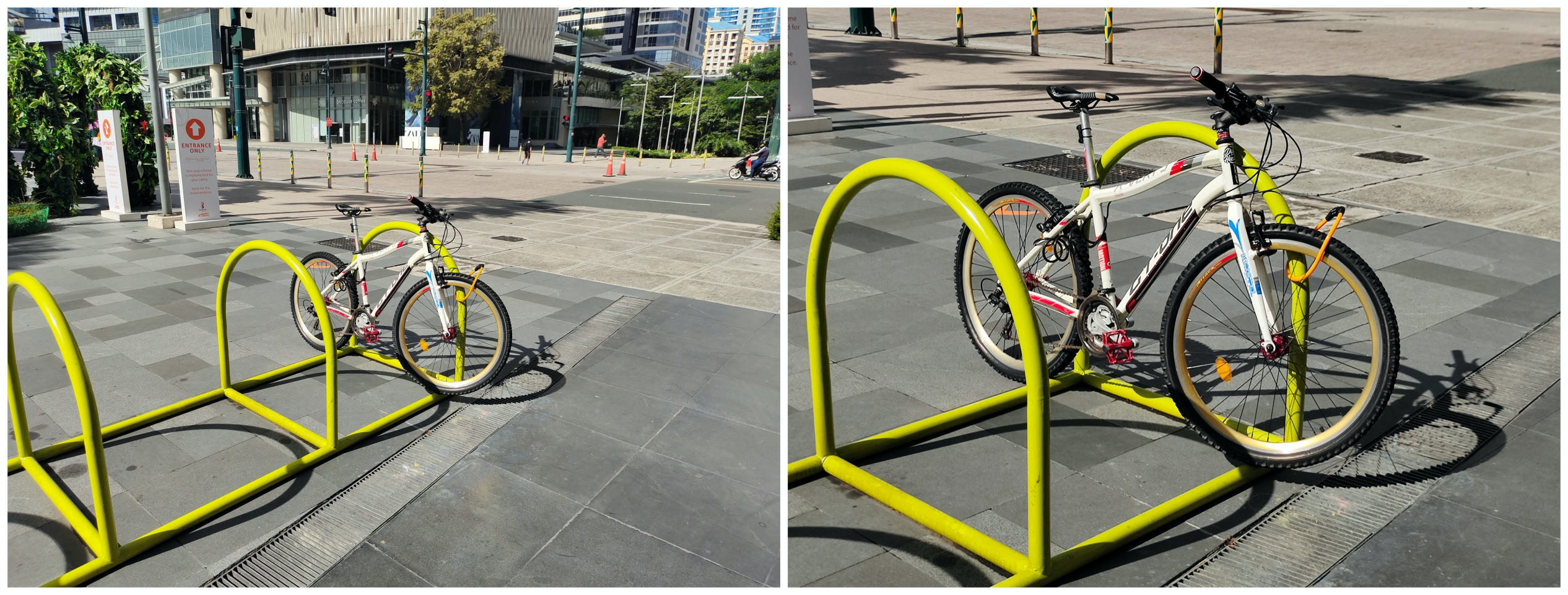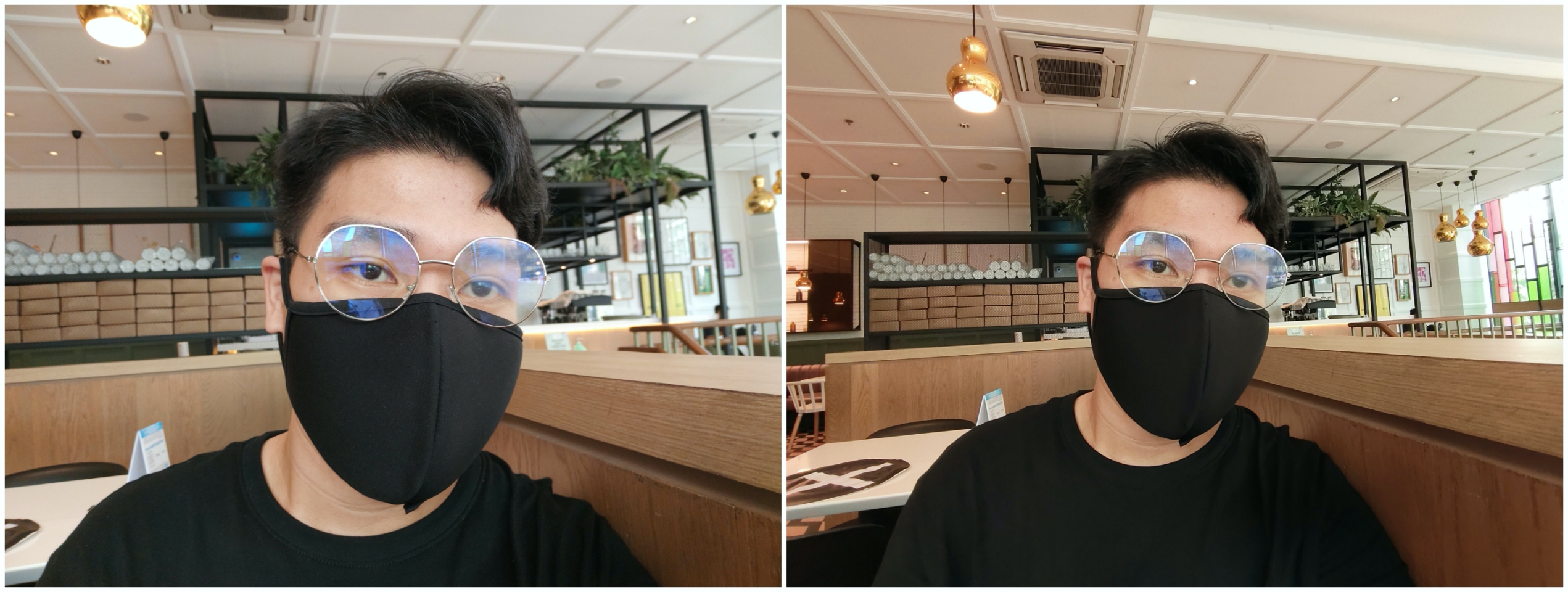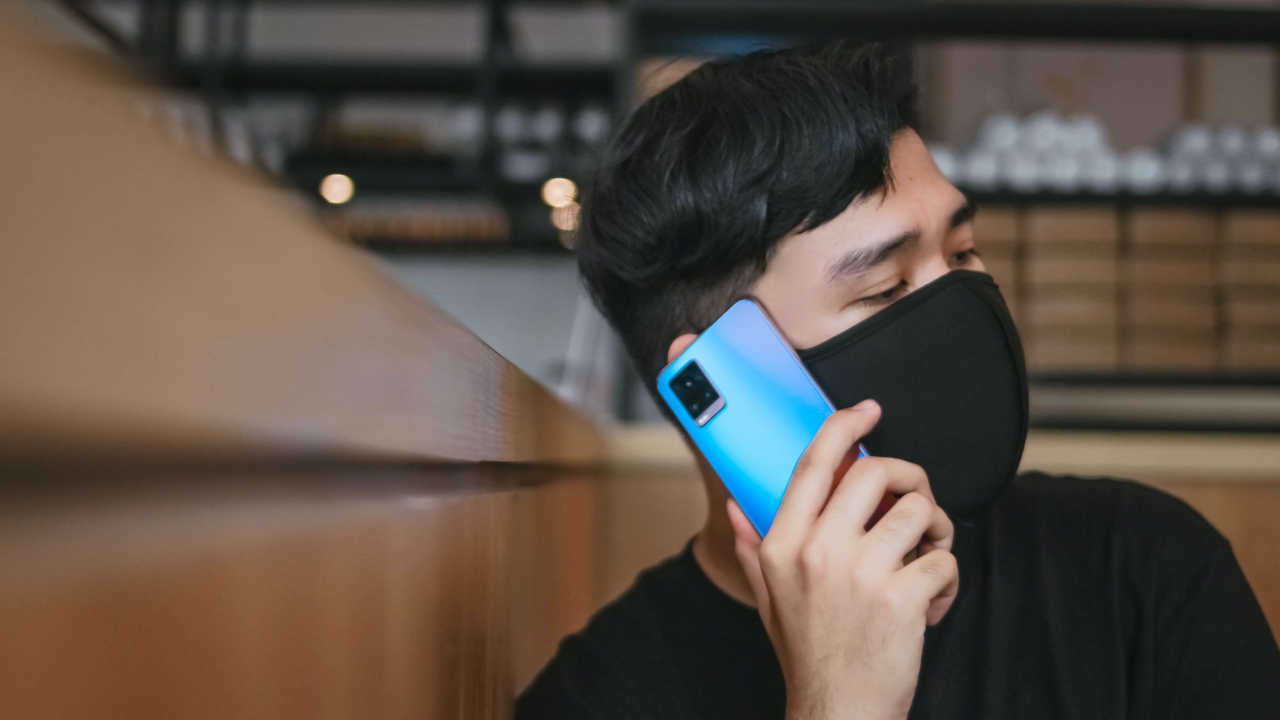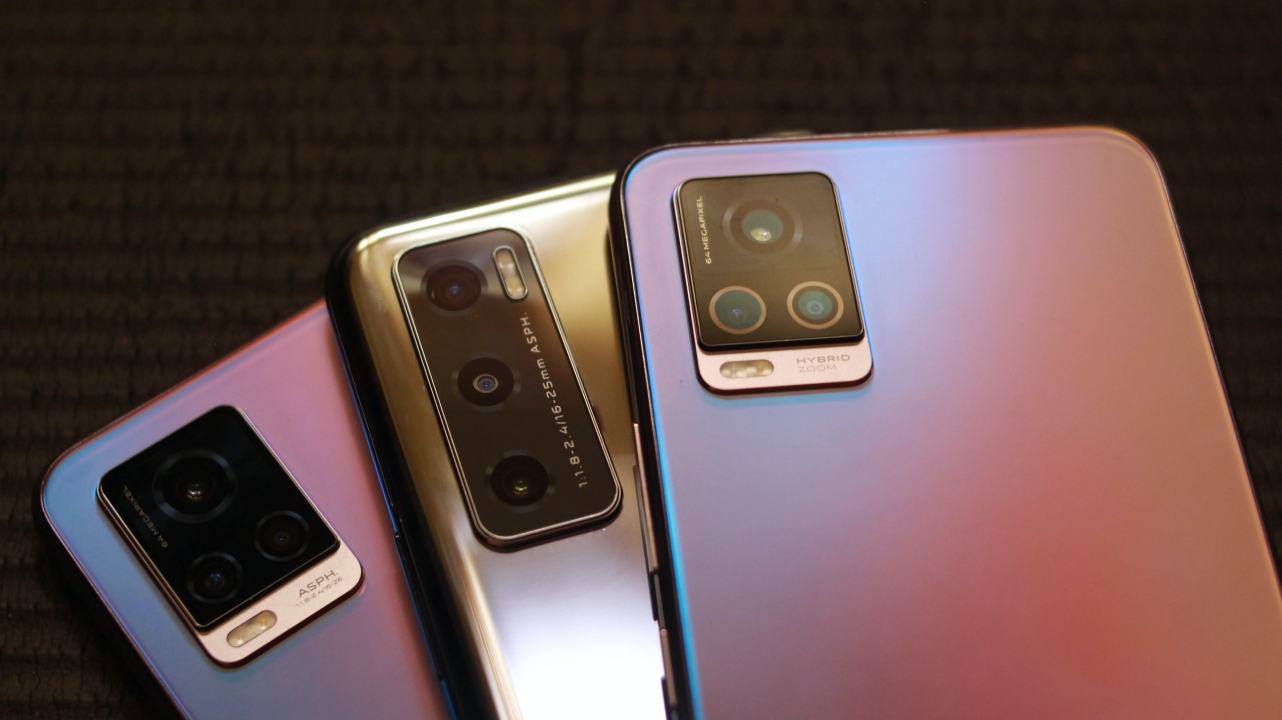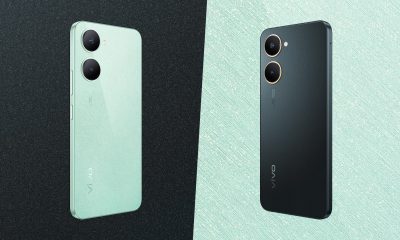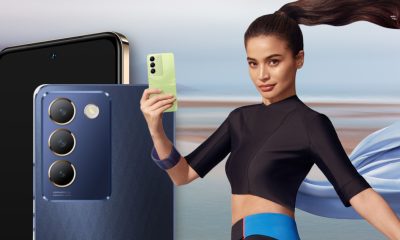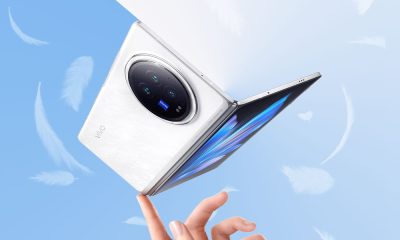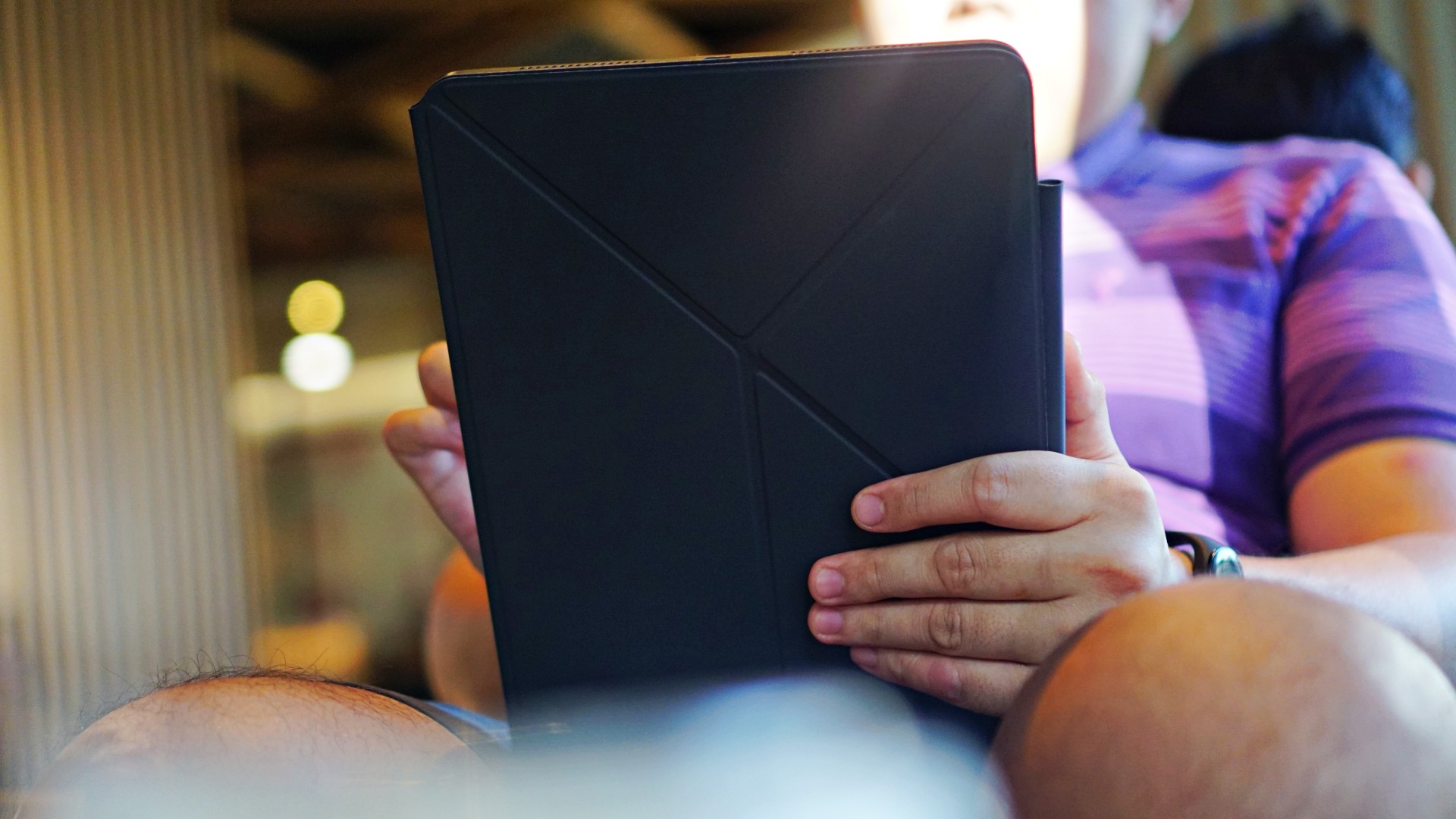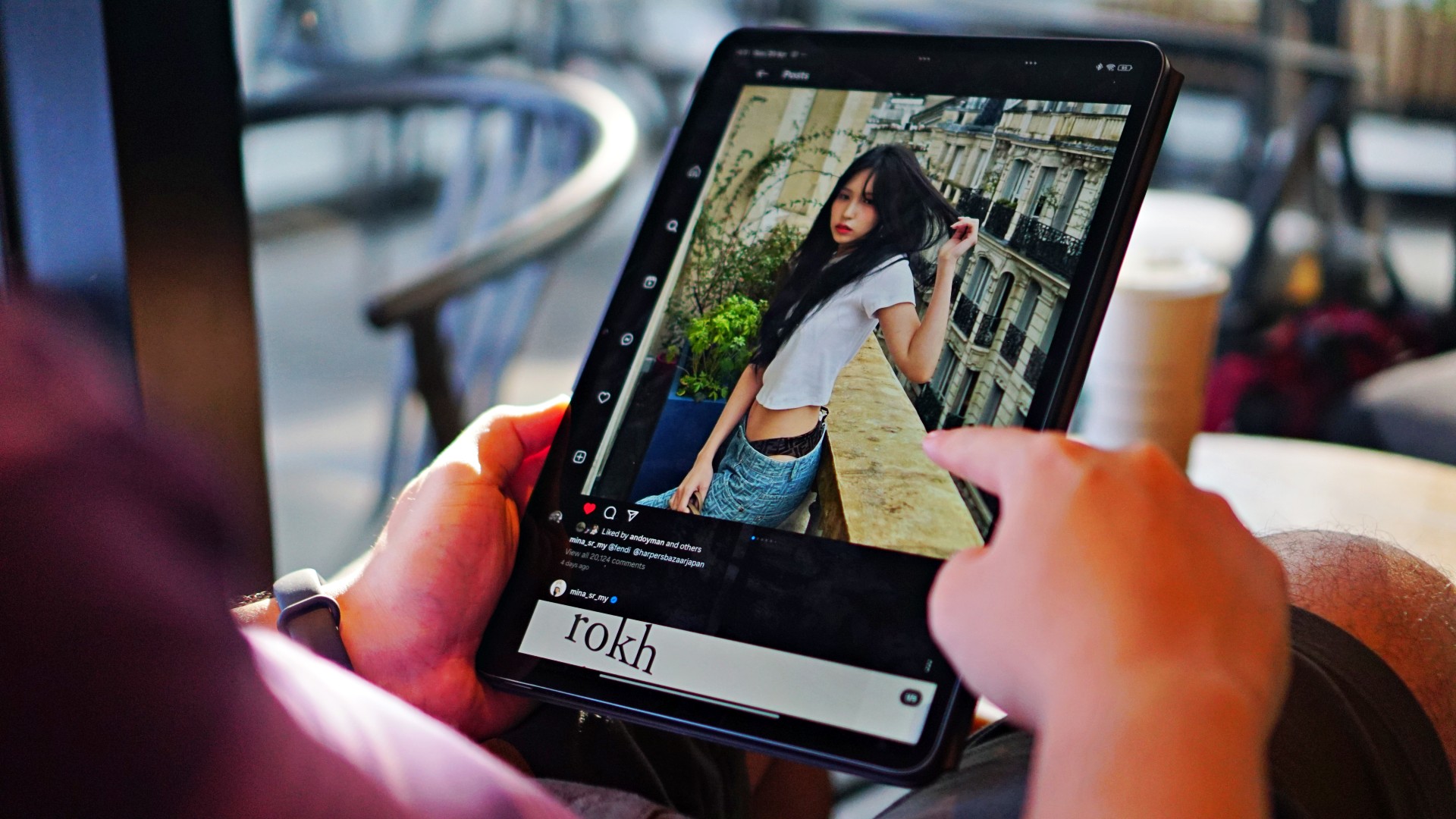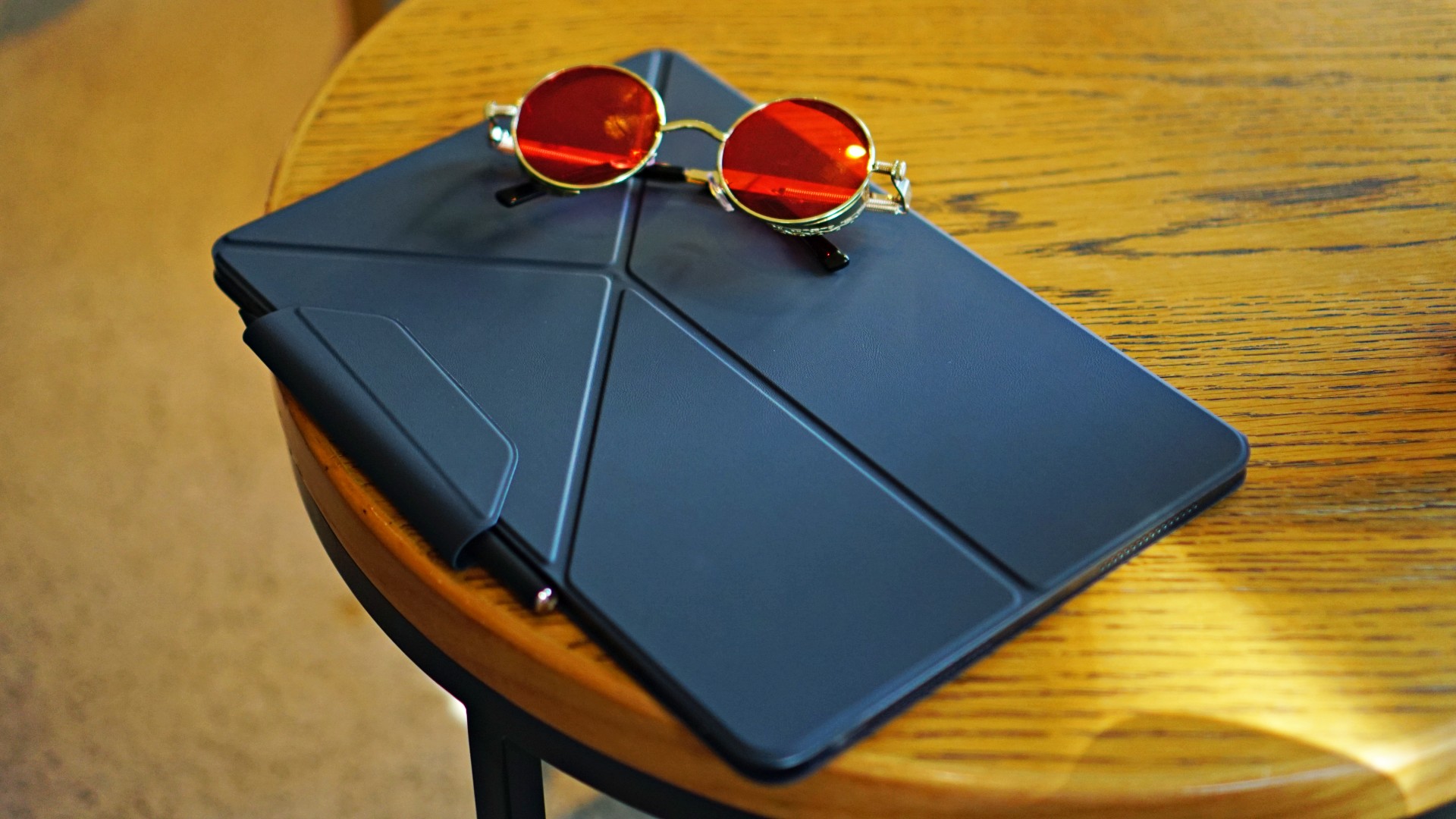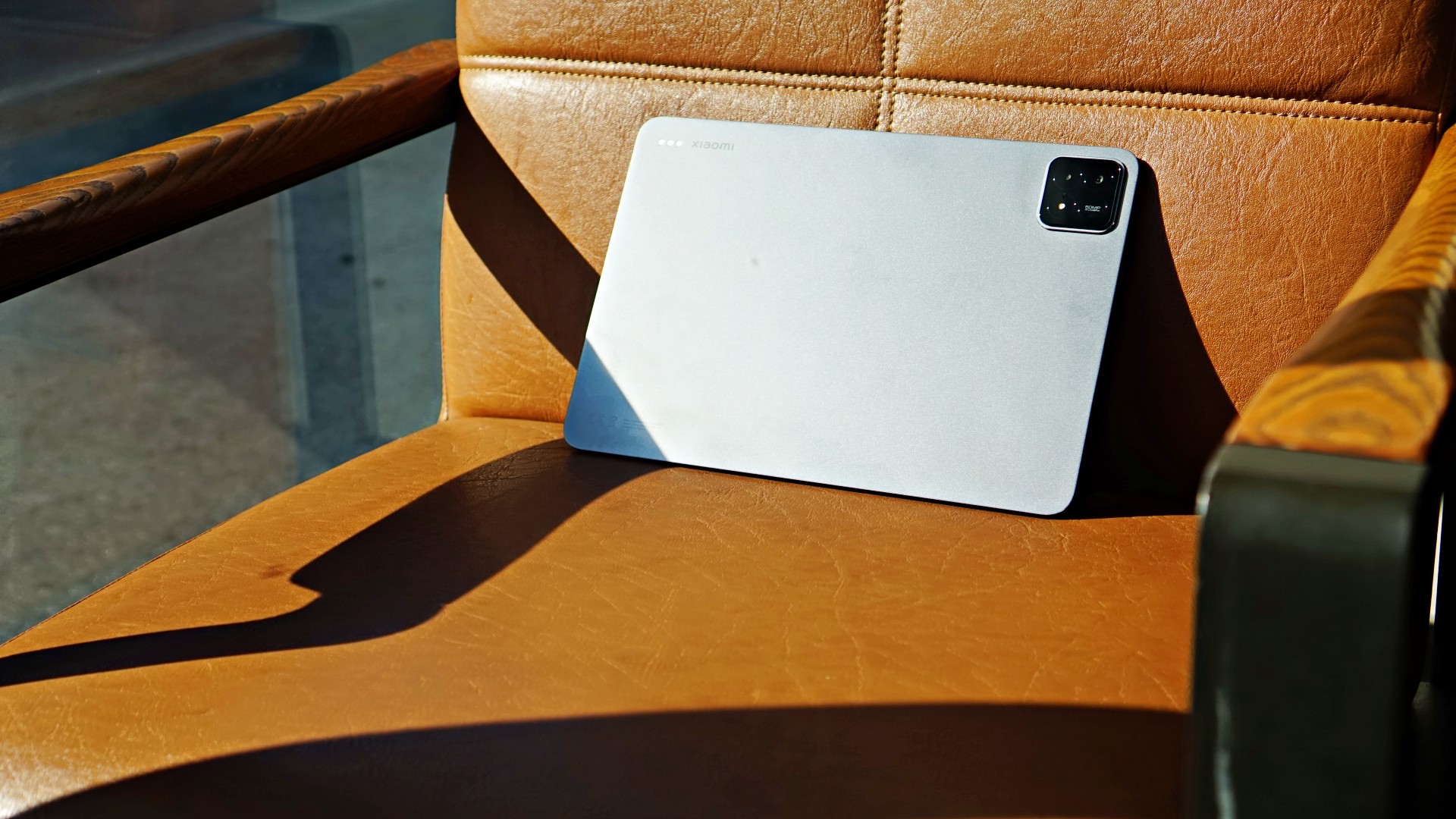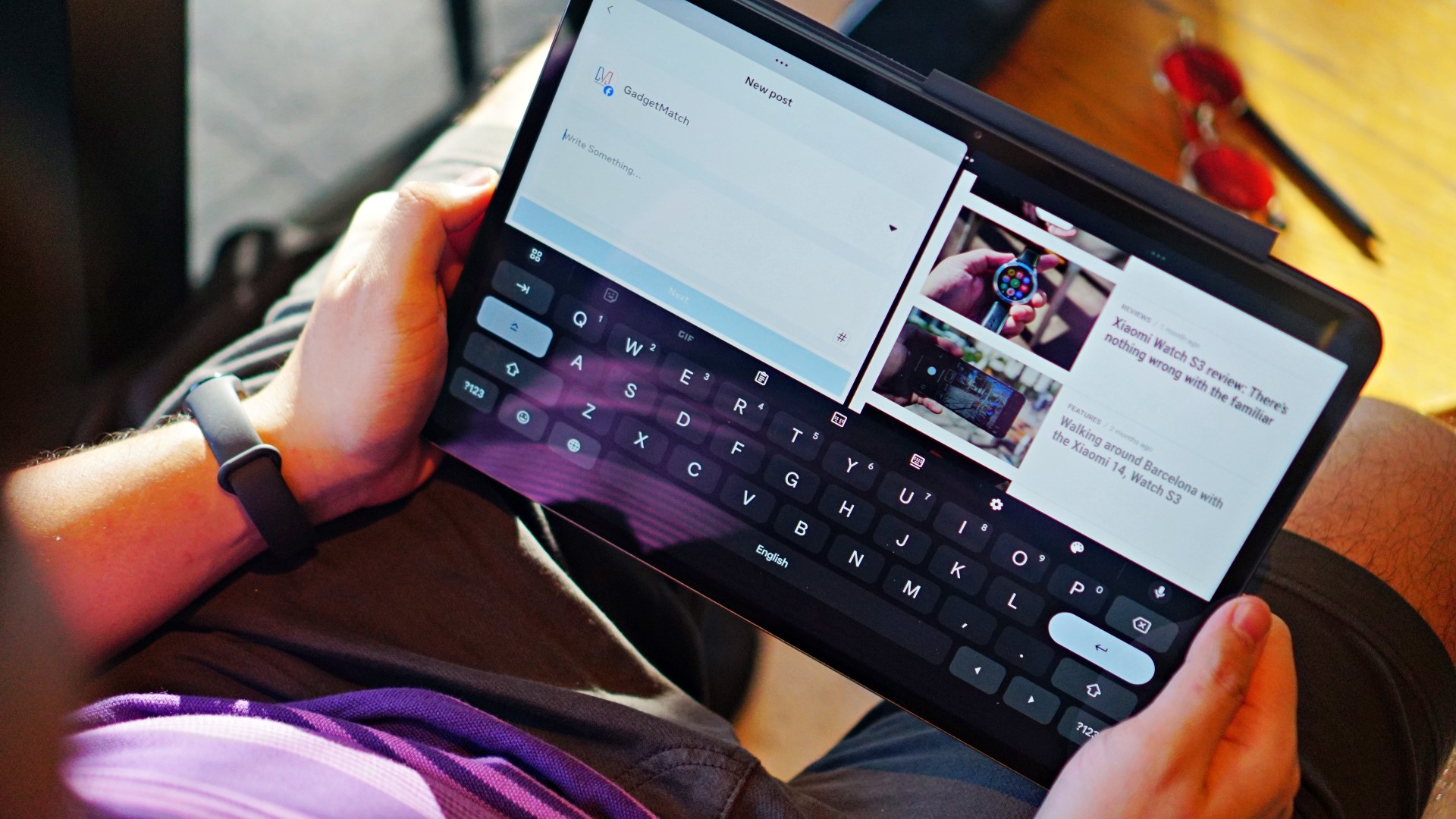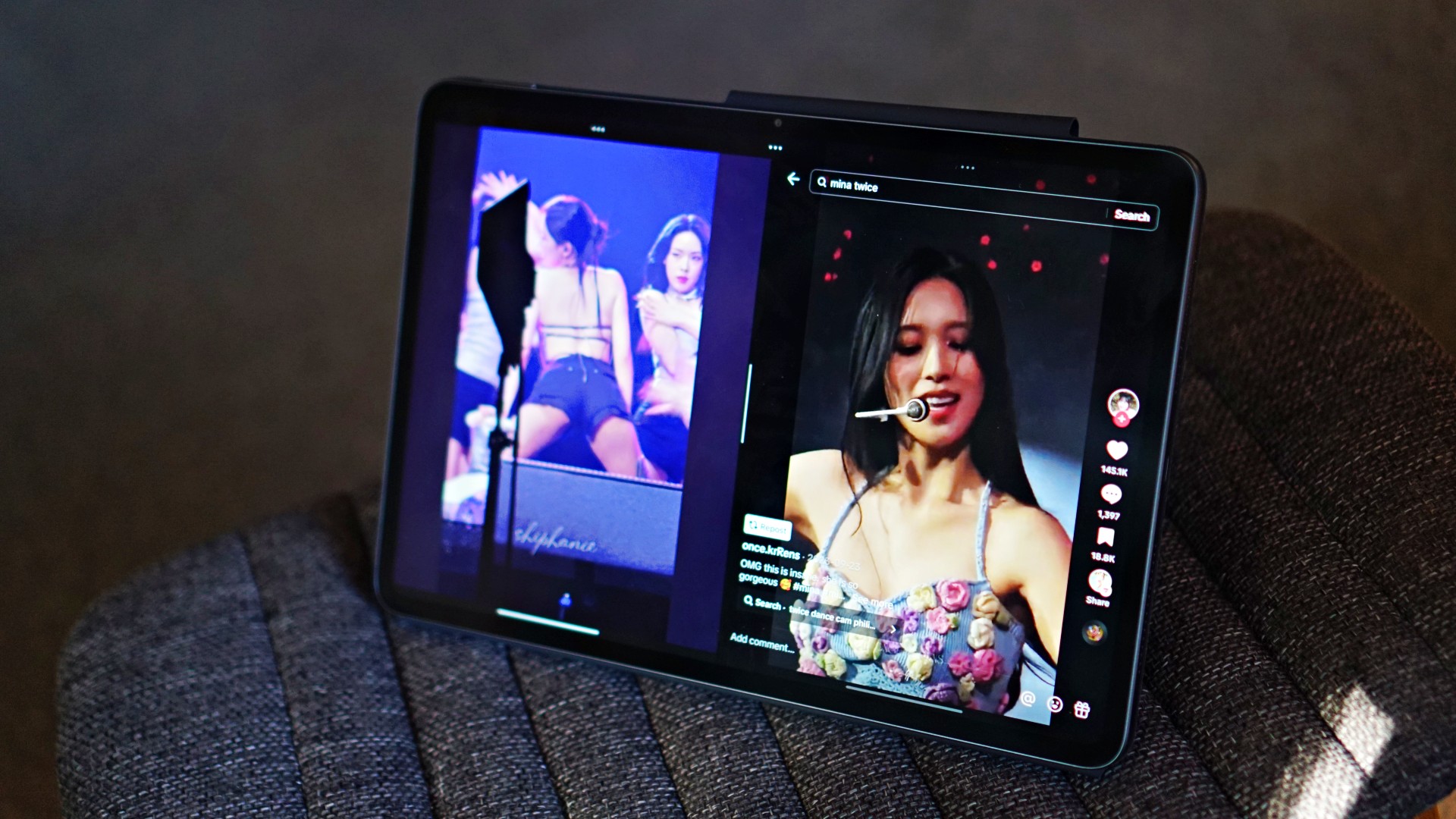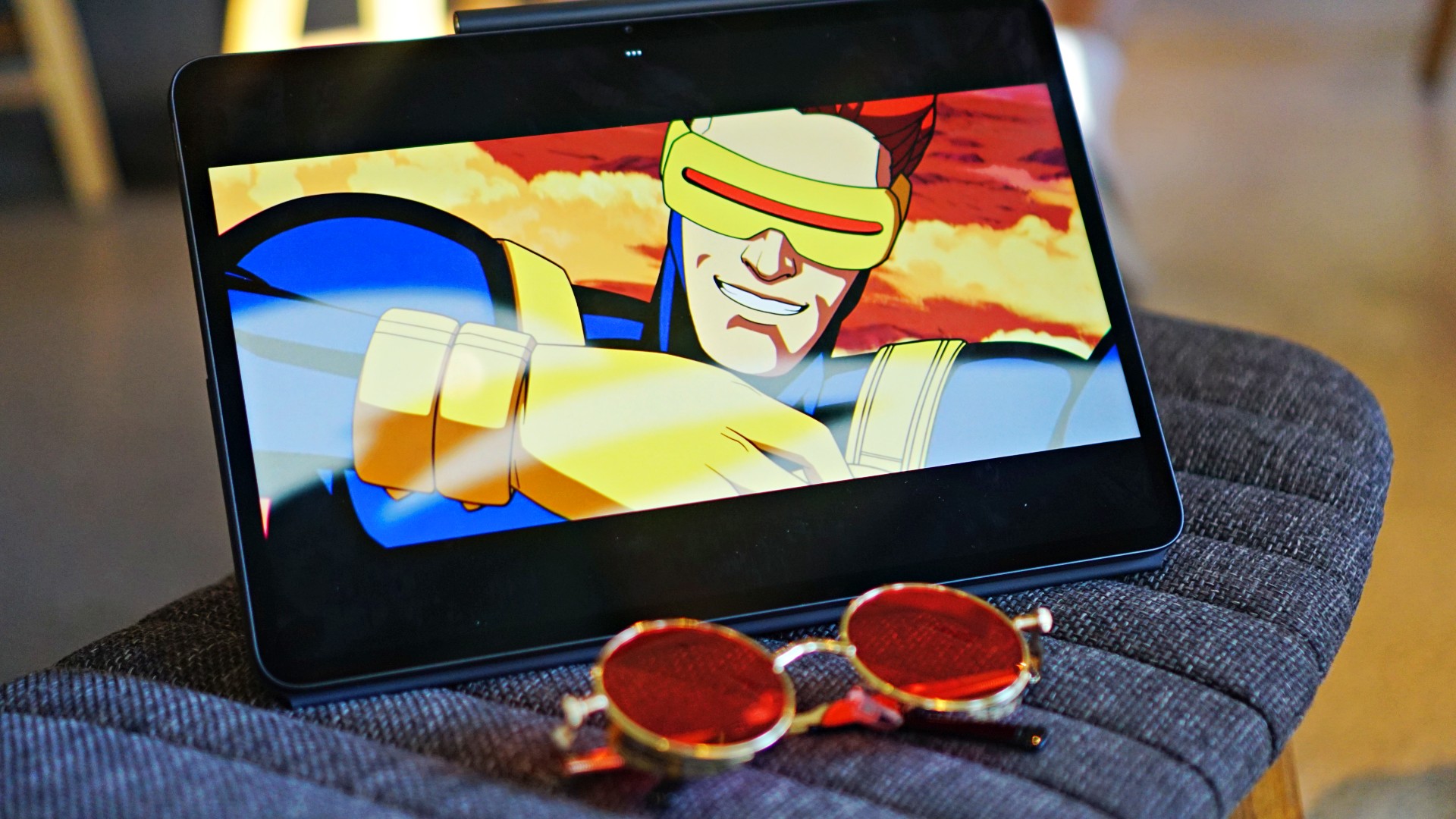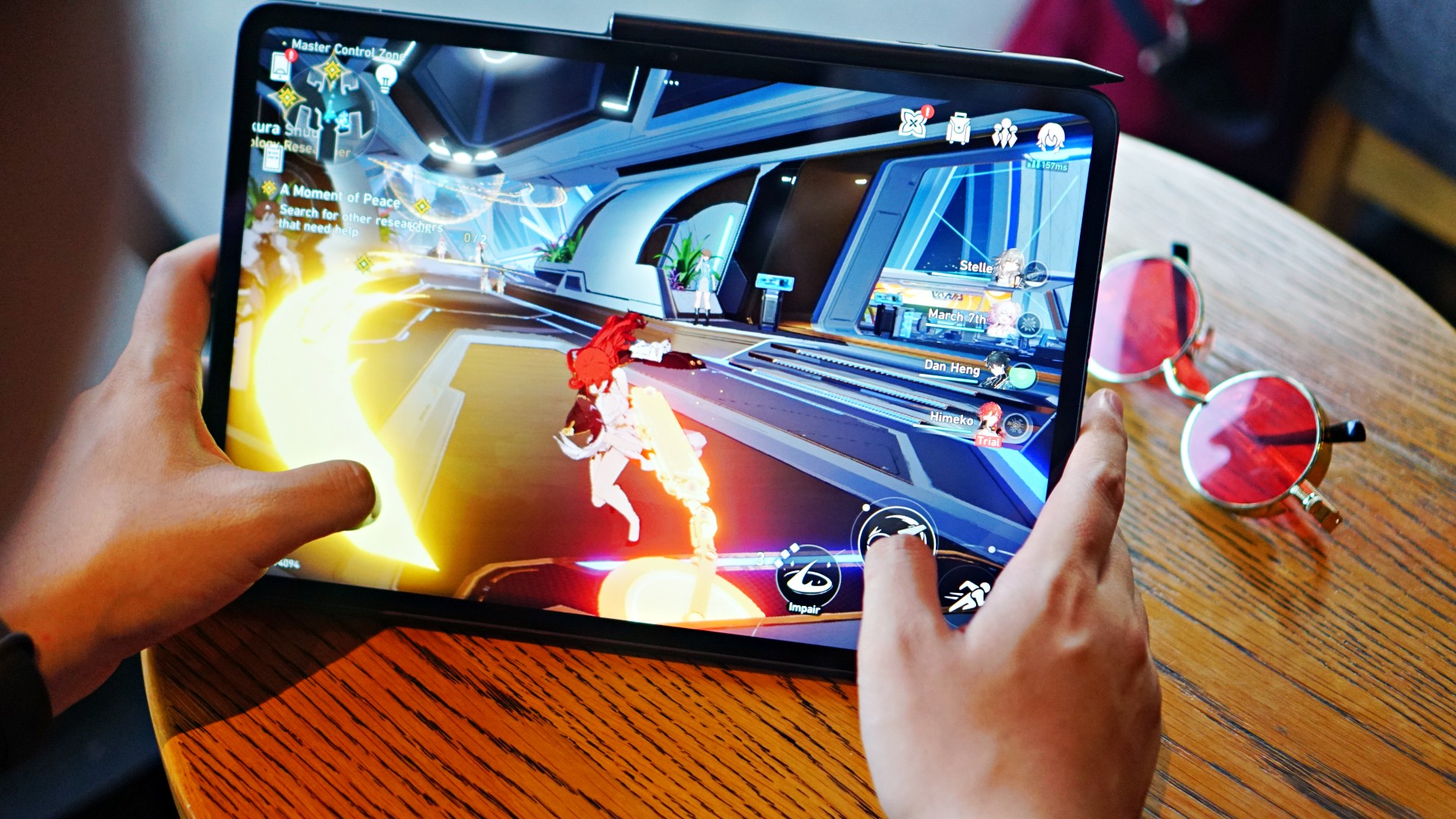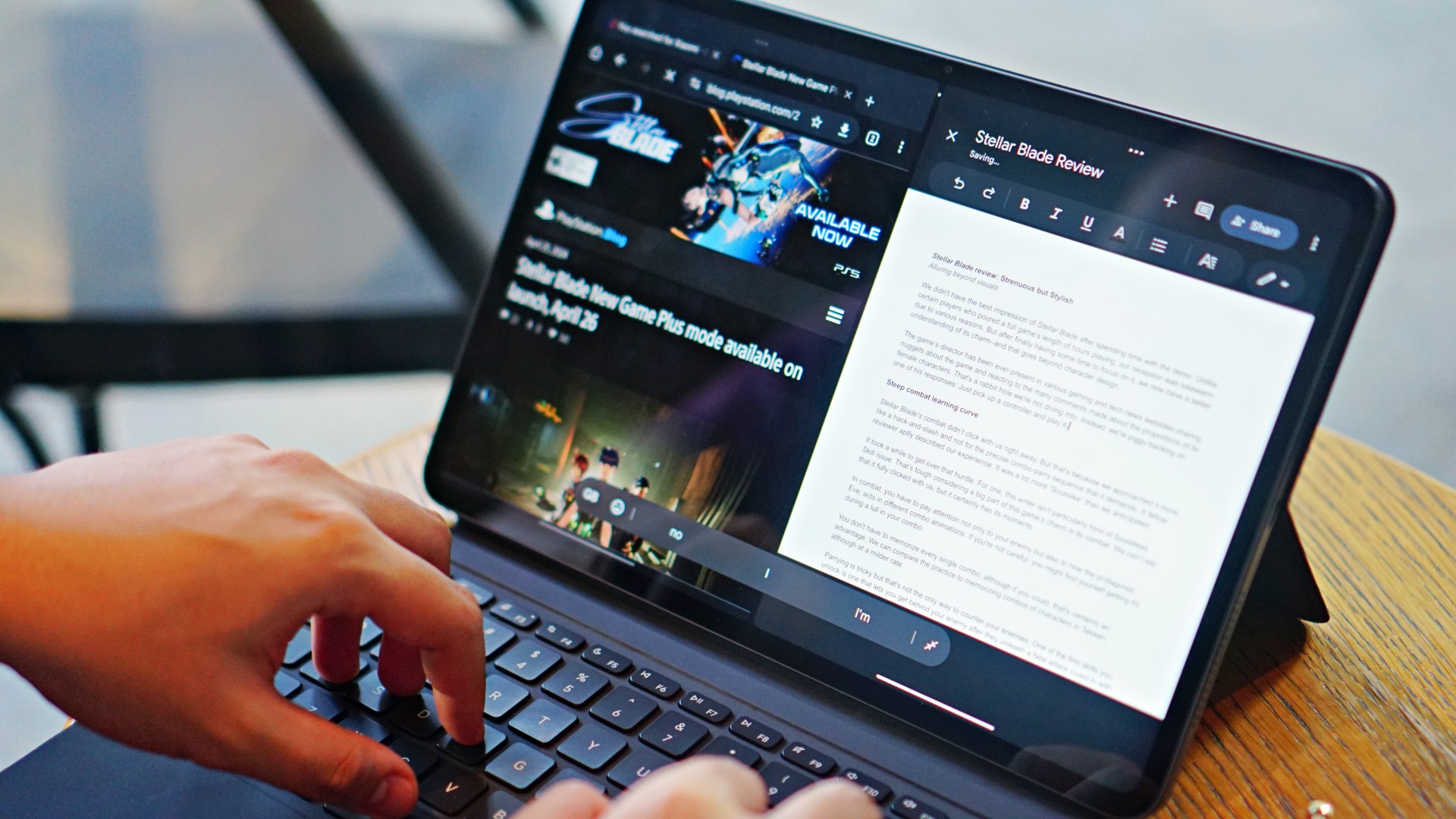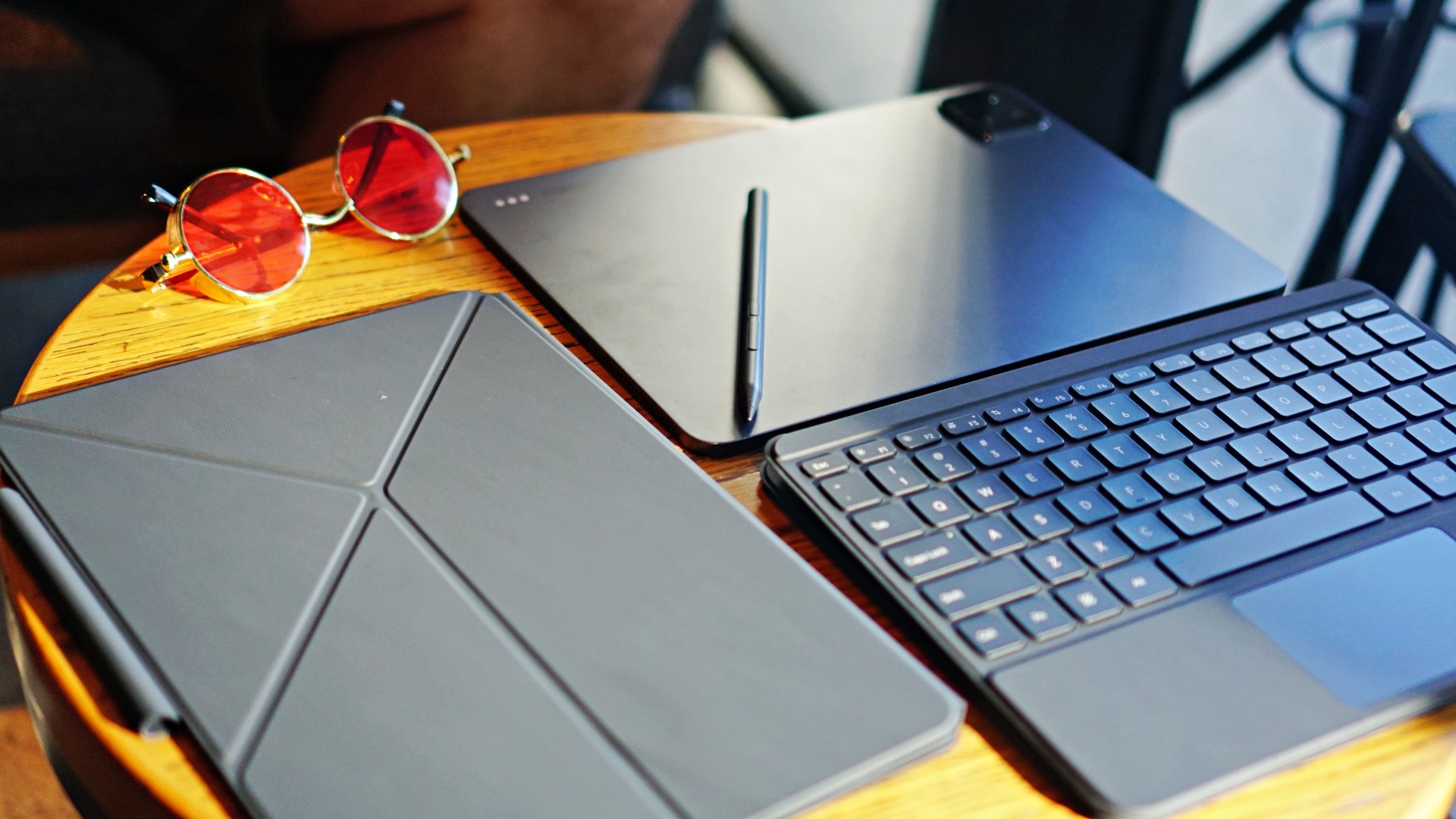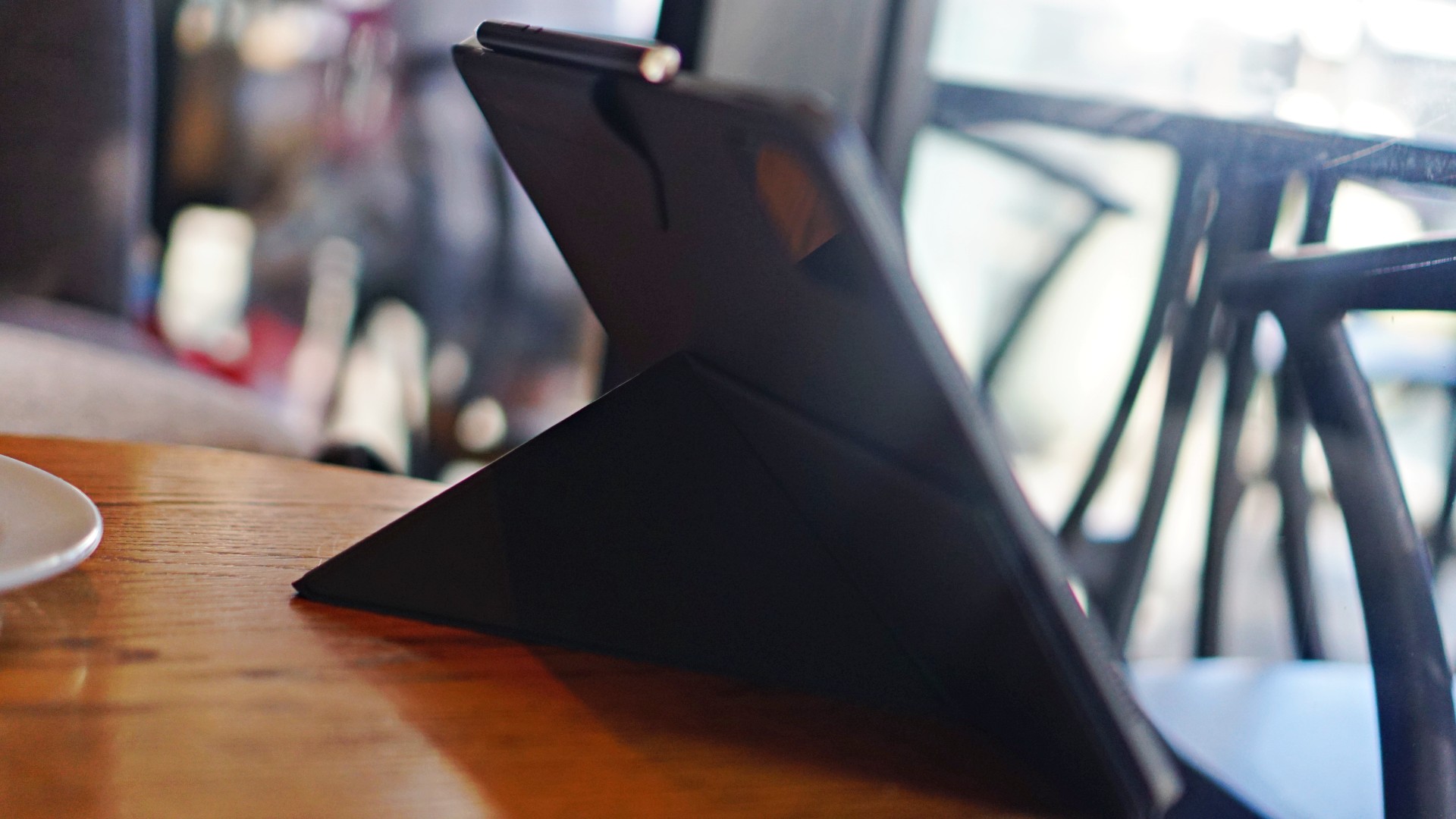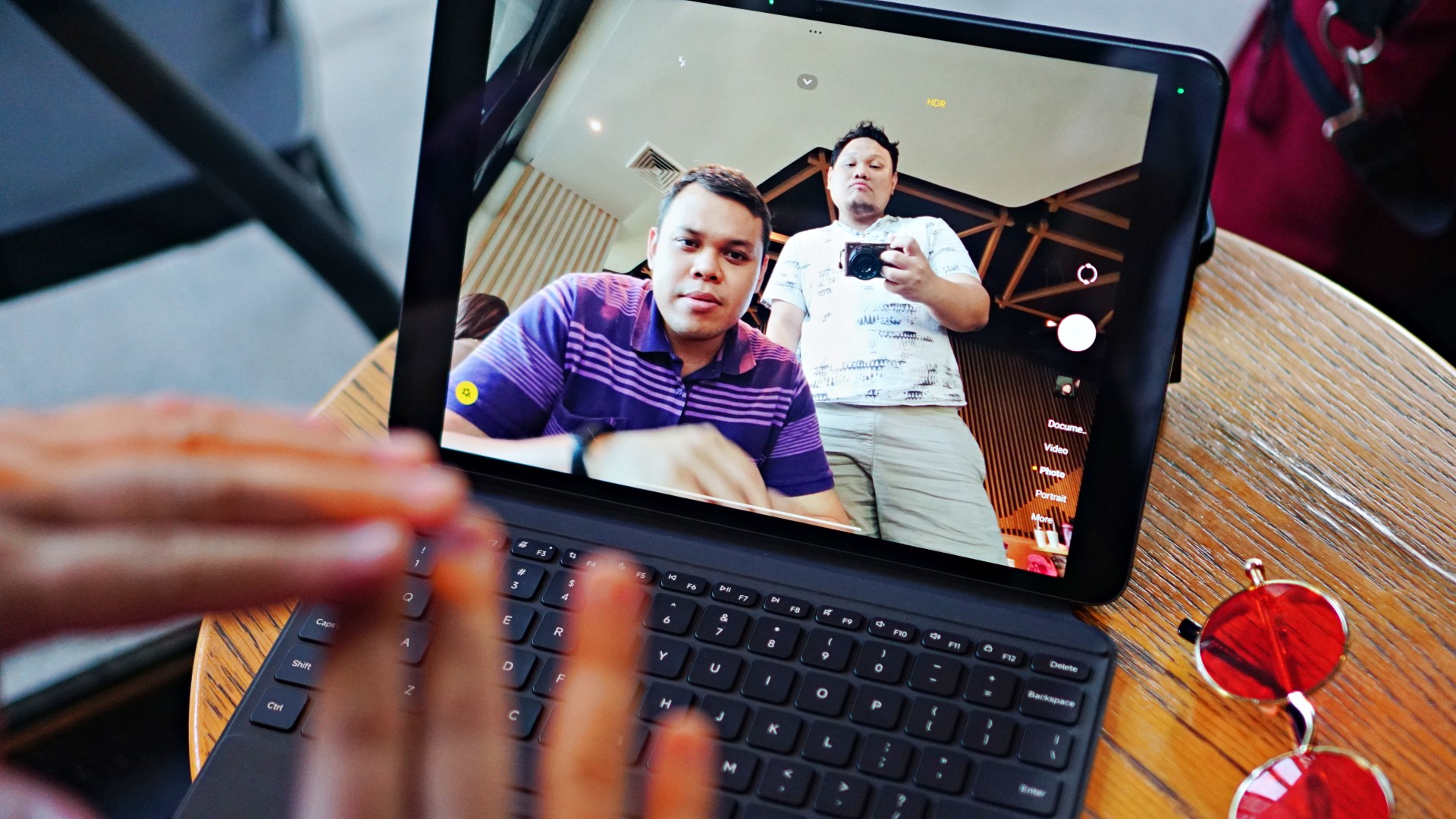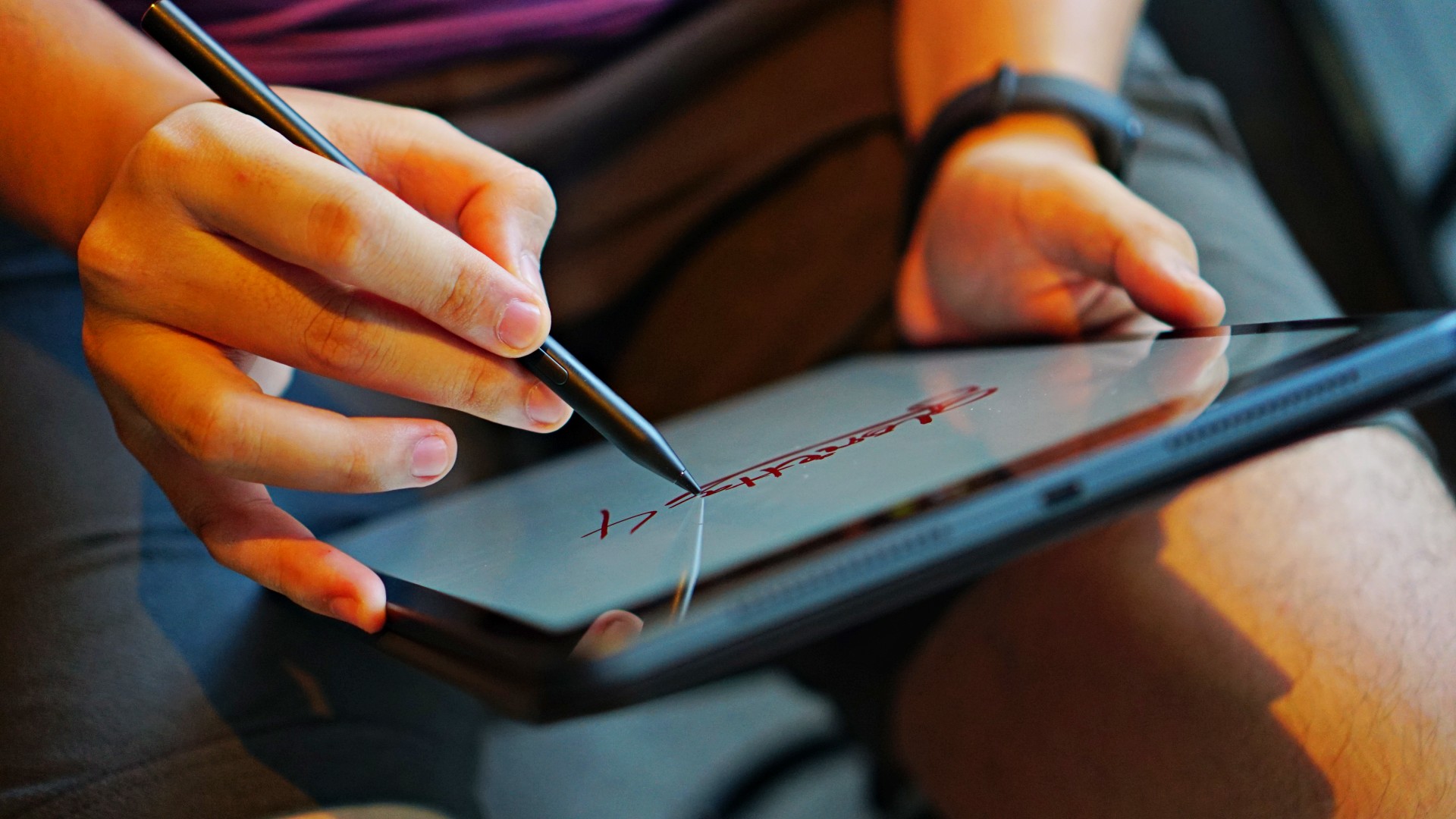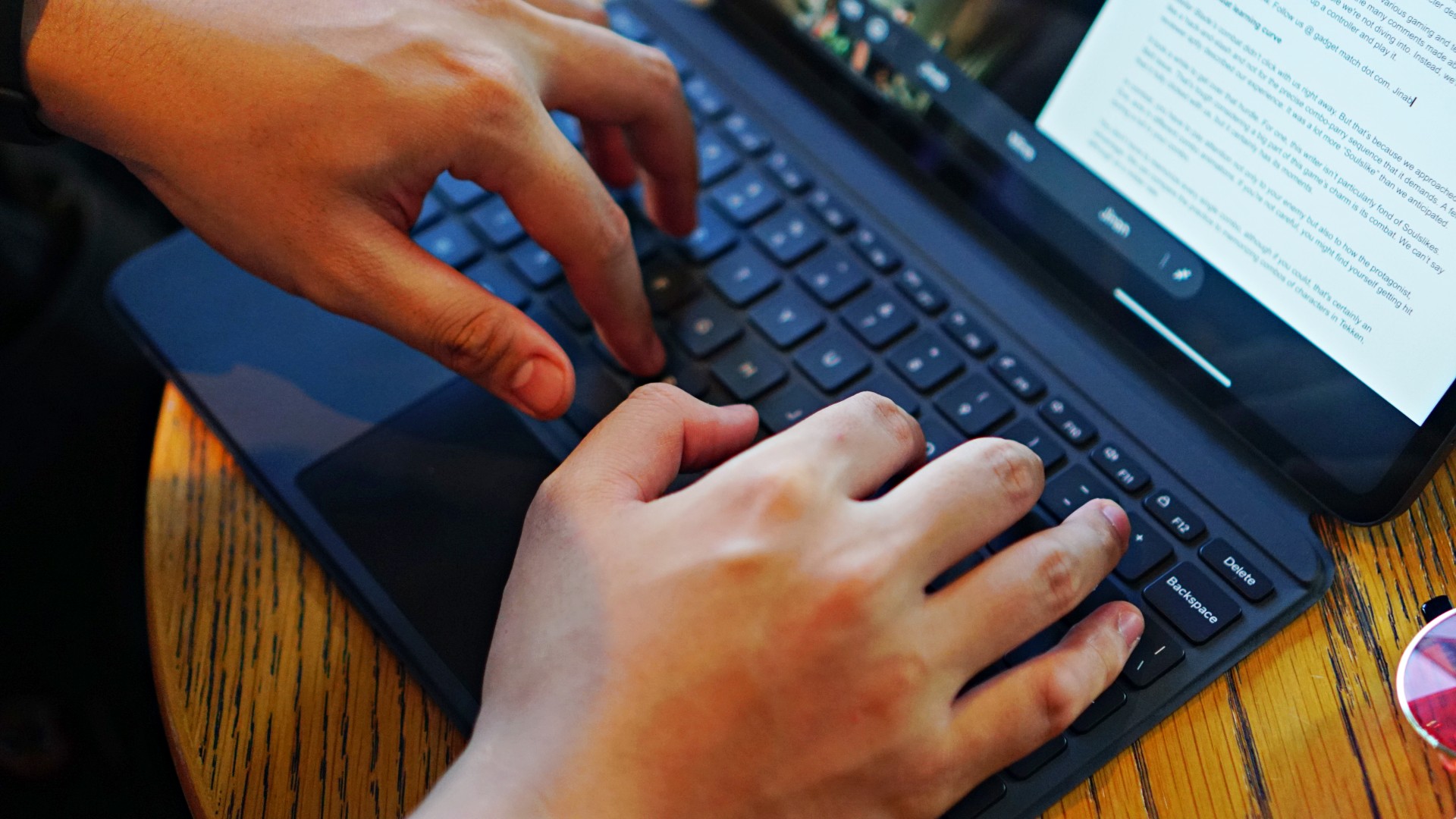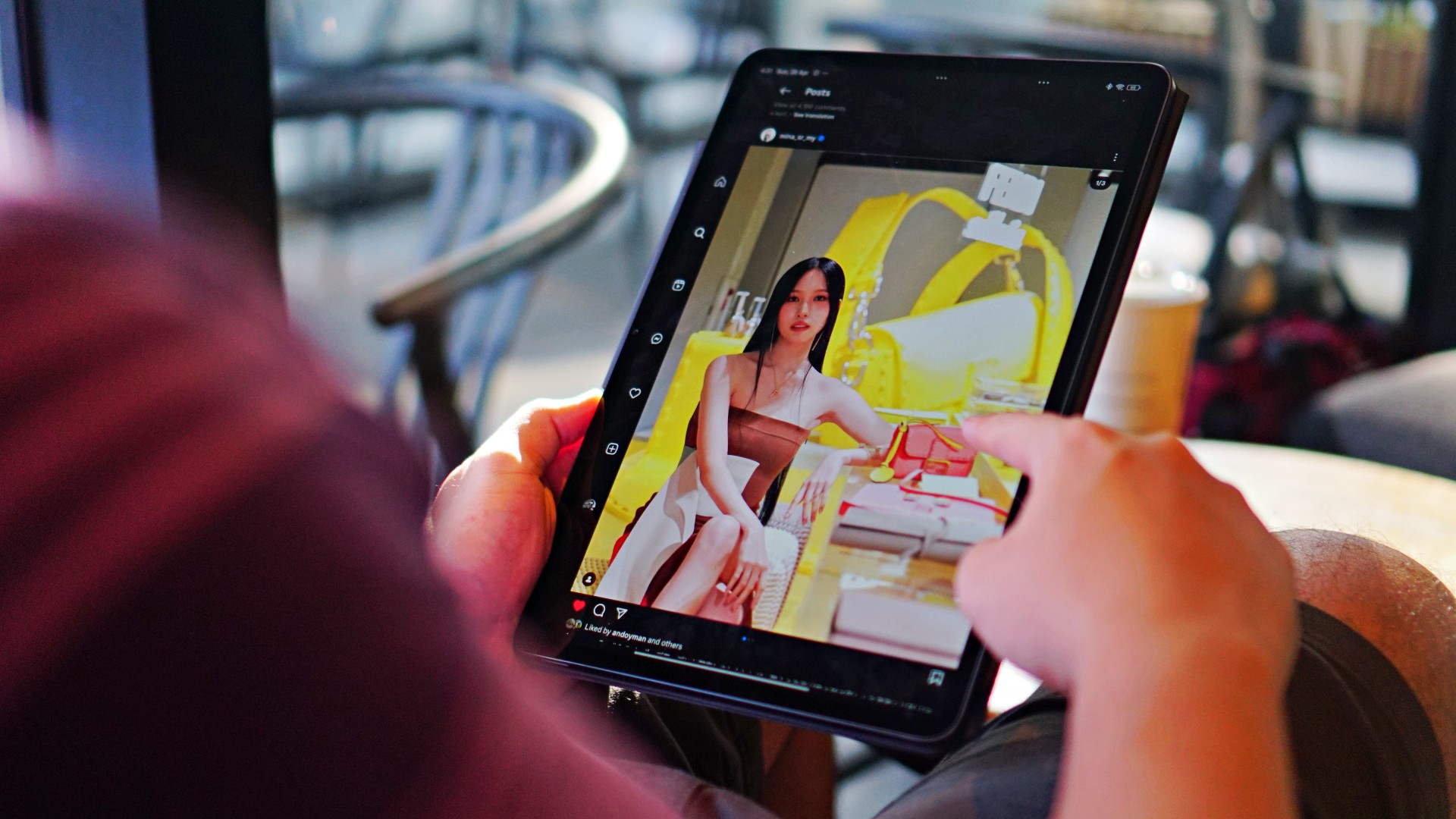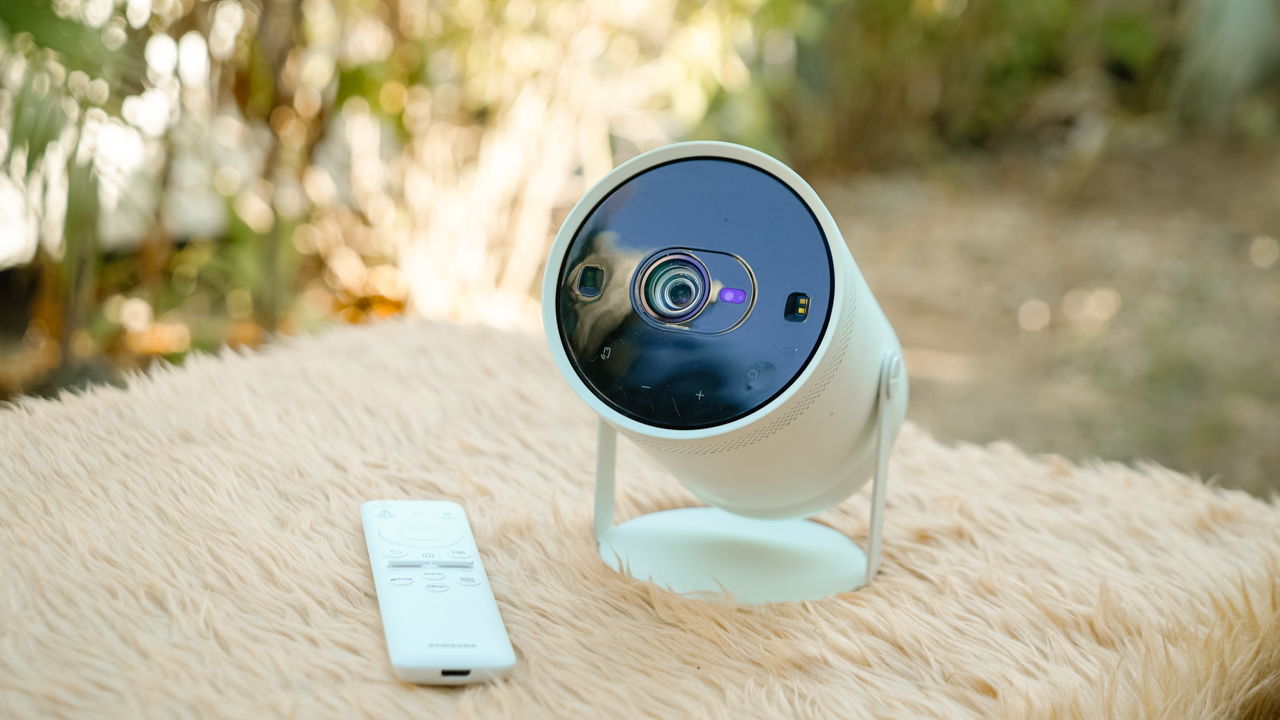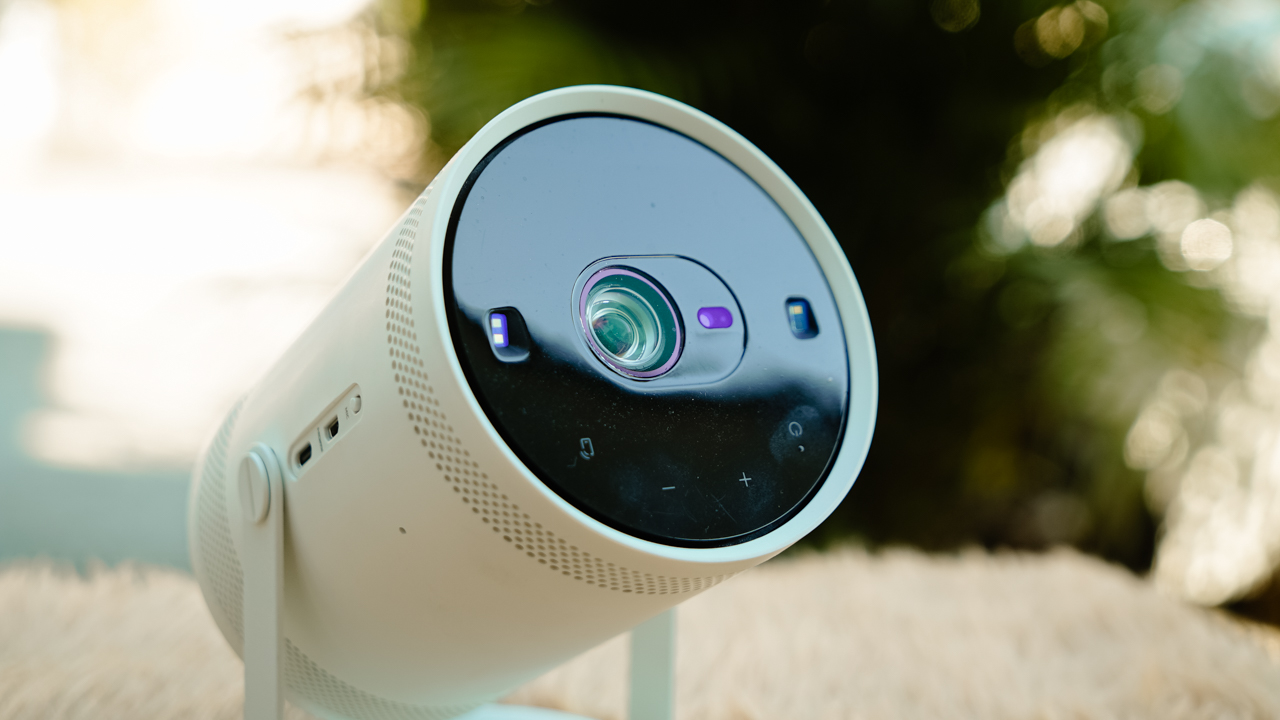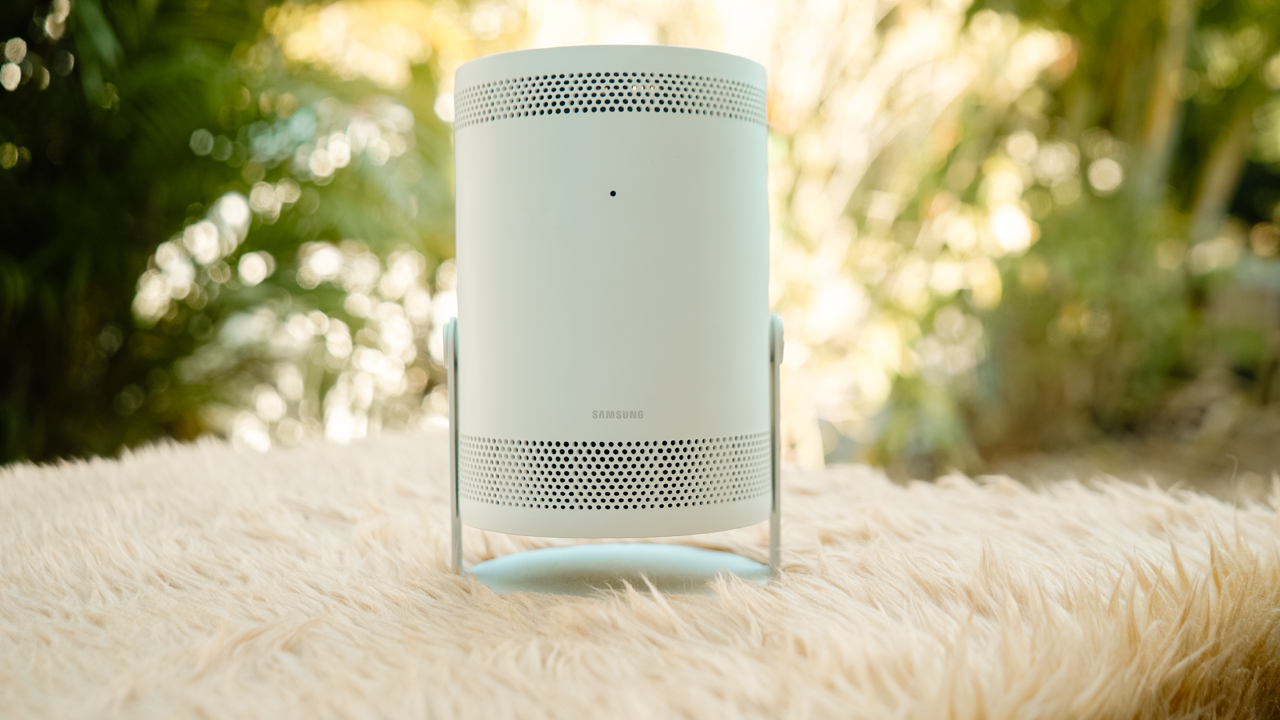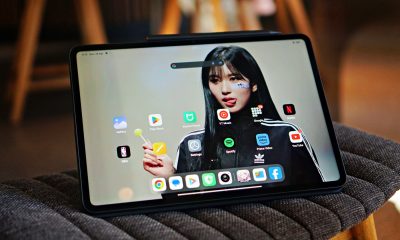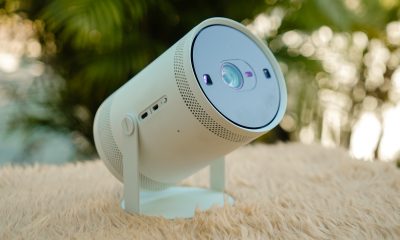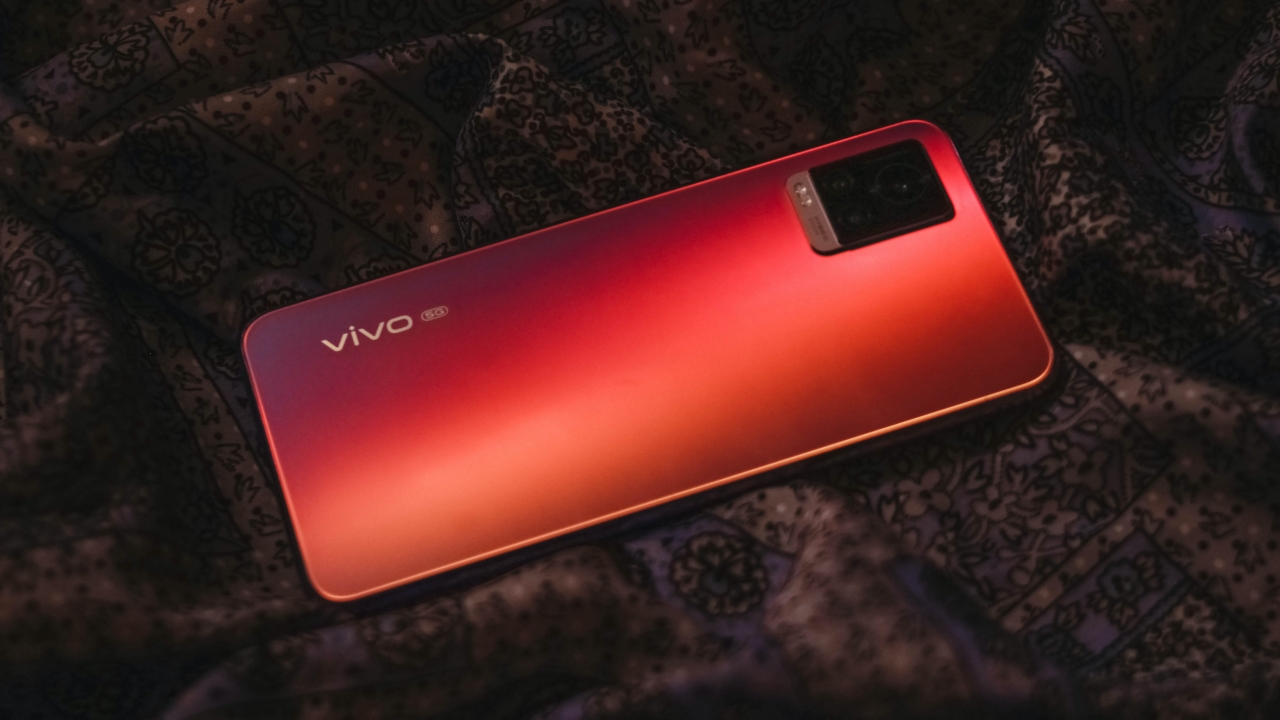

Reviews
vivo V20 Pro review: First time’s already a charm
What it feels like using a vivo phone for the first time
It wasn’t too long ago when vivo unveiled the V19 series in the Philippines. Not that we should be surprised, but just a reminder, the past four months weren’t too long ago.
Fast forward today, vivo has finally announced not one, not two, but three new smartphones, pandemic notwithstanding. The V20 series lineup goes like this: the V20 SE, V20, and this one, the V20 Pro. If you’ve been fond of vivo’s V-lineup, they always skip models in odd numbers. This time, they decided to mix things up with an even number — right in time for the year “20”20.
V stands for Very Confusing
If you’re confused among these models, here’s a quick spec comparison.
| V20 Pro | V20 | V20 SE | |
| Processor | Snapdragon 765G | Snapdragon 720G | Snapdragon 665 |
| Display | 6.44” AMOLED HDR10 |
6.44” AMOLED | 6.44” AMOLED |
| Memory | 8GB | 8GB | 8GB |
| Storage | 128GB | 128GB + microSD | 128GB + microSD |
| Network | 5G + 4G LTE | 4G LTE only | 4G LTE only |
| Rear Cameras | 64MP f/1.9 WA 8MP f/2.2 120º UWA 2MP f/2.4 Mono |
64MP f/1.9 WA 8MP f/2.2 120º UWA 2MP f/2.4 Mono |
48MP f/1.8 WA 8MP f/2.2 120º UWA 2MP f/2.4 Mono |
| Front Cameras | 44MP f/2.0 Wide 8MP f/2.28 105º UWA |
44MP f/2.0 Wide | 44MP f/2.0 Wide |
| Battery | 4000mAh | 4000mAh | 4100mAh |
Full of Firsts
The V20 Pro may not be vivo’s first 5G smartphone, but it’s currently the world’s slimmest. In fact, it’s even slimmer than its 5G-equipped cousin, the X50 Pro.
Just like how I used a vivo smartphone for the first time, the article headings were (heavily) inspired by BLACKPINK’s tracks that are also from their first ever full album. Coincidentally, Lisa has also endorsed the vivo S7 — which is the Chinese counterpart of the V20 Pro. I digress.
ALSO: This is the first 5G smartphone I’ve ever held and used.
Look so good, yeah, look so sweet
I hope you read that with the tune of BLACKPINK’s Ice Cream. Those iconic lyrics best describe how I feel about this particular piece of hardware.

It’s eye-tricking. The psychedelic back confuses and amuses me at the same time. Depending on one’s source of light, this phone can show shades of orange, red, blue, or pink, with subtle hints of yellow and purple all over it. The warmer side reminds me of a popsicle I used to eat when I was a kid. Thus, it looks good, and sweet — at least in my eyes.
The Sunset Melody variant isn’t bad at all but it’s simply not my cup of tea. If people love flashy, eye-candy colors, I beg to differ. Other than the difficulty in matching this phone with my usual monochromatic pandemic OOTD, it’s also hard to keep this away from the prying eyes of thieves.
If I had the chance to choose one, I’d simply pick the white-touting Moonlight Sonata colorway because it’s cleaner and the fingerprint smudges will appear less. Although black is my favorite color, Midnight Jazz looks too bland for my liking.
This doesn’t mean I don’t like the phone. I honestly like how it feels in the hand despite being thin. It’s light yet not too slippery nor fragile (unlike me).
Other than that, the stainless steel frame and matte glass back both add premium touches to the phone itself.
Unlike its younger siblings, the 3.5mm audio jack was eliminated from the V20 Pro and was replaced by a SIM tray slot just beside the microphone and USB-C port. I’m not making a big fuss about this as I’ve already transitioned into a more wireless and USB-C ecosystem. But for audiophiles or other people who totally rely on it, this could be a dealbreaker. Don’t fret, vivo has bundled a USB-C to 3.5mm audio jack adapter if you still want that immersive, wired audio experience.
Now that we’re on the topic of speakers, it doesn’t have stereo speakers but its mono speaker is decent and loud — just don’t try to cover it too much with your finger when holding it in landscape mode or you might muffle the whole audio experience.
Love To Hate That Display
Now that I already brought up the topic with V20 and V20 SE, I just don’t understand how vivo decided to bring back these notches over the V19’s punch-hole camera cutout and V17 Pro’s set of pop-up cameras. This even reminds me of the early days of the brand with the vivo V9 and the V11.
Don’t get me wrong, I still love its 6.44-inch AMOLED display that shows deep blacks and vivid colors. It might not be too obvious but the bezels are slimmer than the V20, making its form factor smaller and thinner than the latter. I even tested out V20 Pro’s clear case but it simply wouldn’t fit the V20’s slightly larger and thicker form factor.
Without the presence of a physical fingerprint sensor, the in-display fingerprint scanner is there to save the day. Unlike previous review units I tested, V20 Pro’s reader is fast enough for everyday unlocking. I mean c’mon, vivo brought this technology first with the 2018 APEX phone. There’s no competition but there’s a reason why they should ace this particular technology over other brands.
There’s also a Face Unlock feature but in times like this, it’s best to just use the fingerprint scanner. After all, we’re required to wear face masks and face shields when we’re out and about in public.
Pretty Savage Specs
As stated in the intro, the V20 Pro packs a Snapdragon 765G processor that’s responsible for delivering outstanding CPU and GPU performance. And thanks to this processor, it’s able to bring 5G support to the V20 Pro for a less expensive price tag compared to the pricey SD865 variants.
Of course, we shouldn’t miss playing PUBG especially since BLACKPINK has a collaboration with them.
Most (if not all) phones have DND (Do Not Disturb) Mode but most of the time, it just doesn’t seem to work especially when playing games. The built-in game manager controls that can be toggled on the upper left corner are handy especially if you want to focus on the game and don’t want to be interrupted by app notifications, messages, and calls.
If you’re gonna ask what’s my favorite feature, it’s a minor addition but the 4D vibration is something I love. It adds an intuitive gaming experience by enhancing the overall vibration feedback of the phone. Haven’t tried all sorts of options since I’m not a professional mobile gamer, but vivo’s In-Game Manager is worth trying out.
I tried taking a break by playing amid the busy workload I have during this aphonecalyptic month full of phone launches and events. My original goal was to just find the BLACKPINK-themed plane. Unfortunately, it never showed up. Instead, I was teamed up with these three random PUBG players from different parts of the world.
All throughout the game, performance was fast and snappy. Although there’s no 120Hz refresh rate (and 240Hz sampling rate), it still performed buttery smooth thanks to its powerful chipset. This proves that you don’t need the highest processor just to play graphics-intensive games. As the photo shows above, the phone supports PUBG’s Ultra frame rate option and HDR resolution.
After a quick gaming session, me and these bunch of strangers that helped each other were able to stay ’til the end and got an imaginary winning chicken for dinner. This circumstance also happened for the first time ever since I started playing this game months ago.
Crazy Over 5G
Although the pandemic is far from over, I was still able to test out 5G speeds in the Metro — and it was insanely fast. It’s even faster than our typical Fiber Internet Plan at home.
Let me open my Instagram first as an early app test. I know this app doesn’t require blazingly-fast data speeds but hey, better to open something first that doesn’t consume all of your data balance 😂
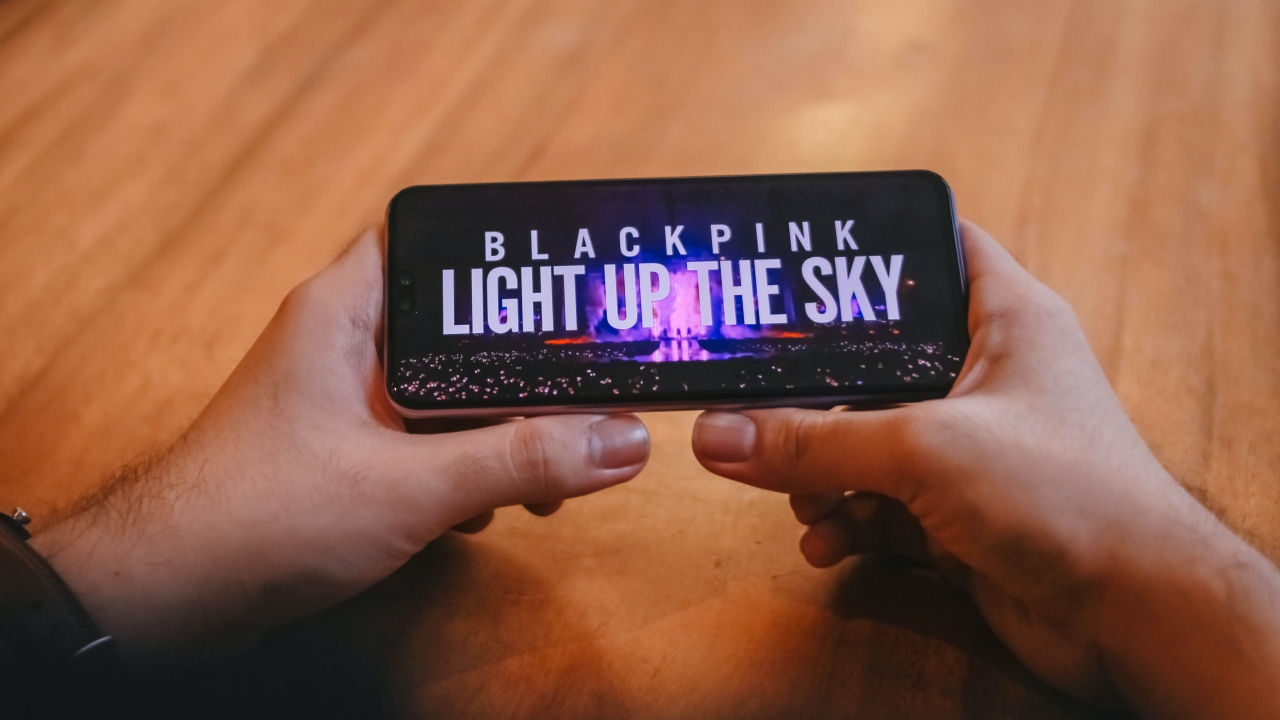
Fresh from the oven, I was also able to watch BLACKPINK’s first (yes another first in this article) ever Netflix documentary. I completely forgot to download it through our Wi-Fi connection at home but I’m glad 5G saved my day. It took me less than three to five minutes to download this more than 1GB-worth documentary.
You Never Know When It’s Gonna Die
If you’re like me who spends countless of hours listening to music (especially K-Pop), the V20 Pro is a perfect companion for those ultra-long jamming sessions — especially in this pandemic.
While its 4,000mAh battery isn’t as “enormous” as other Android phones, the phone was able to last at least a full day of moderate to heavy usage. Do take note how you use your phones quite often. For me, music playback doesn’t require the screen to be always turned on so it’s still not as power-hungry as when you play games, binge-watch a series, or shoot photos and videos for hours.
There’s more than enough juice left for the day. Mind you, I used this phone the moment I went out of the house at around six in the morning with Wi-Fi, Bluetooth, and Cellular Data toggled on. Since then, I never plugged it in my powerbank to fill up the phone.
While super fast charging isn’t particularly new these days, vivo’s FlashCharge technology sure does the trick of bumping up the battery level from zero to 100 percent in about an hour. I tried testing it out and it took the V20 Pro exactly 58 minutes to charge — which is still fast considering it has a large 4,000mAh battery.
And yes, you heard that right! The 33W vivo FlashCharge adapter is still bundled in the box. 👀
How You Like That Cameras?
This familiar-looking camera cutout made its debut on the vivo X50 Pro — a.k.a the world’s first smartphone with a gimbal camera system. Not to confuse you, but having a similar camera design doesn’t mean it has the same stabilization technology.
For aesthetic purposes, vivo just decided to bring this sophisticated-looking camera placement on their newest S and V series line — and I honestly love how it looks. But do I love how its cameras perform? Tune in to my samples below.
On paper, you get a 64-megapixel f/1.9 wide camera. Other than that, there’s an 8-megapixel f/2.2 ultra-wide angle camera with a 120-degree FoV. This sensor is also responsible for shooting macro and bokeh shots. The third lens is an additional 2-megapixel f/2.4 mono sensor.
For the most part, the V20 Pro produced great shots
With ample amount of sunlight, the V20 Pro can keep up with most of 2020’s smartphone camera competition.
Its dedicated zoom toggle helped a lot in capturing interesting subjects even from afar.
Restricting the frame by zooming in on the subject can help deliver better photos without ever moving an inch closer to the object itself — just like how I tried not to scare away this stray cat.
Even under harsh daylight conditions, the V20 Pro successfully showed photos with great dynamic range, no matter what type of lens you use.
However, the two minor issues I’ve faced are the inconsistencies in detecting the Auto WB (White Balance) and the lack of stabilization when zooming in.
As seen from my two pets, it’s pretty evident that ultra-wide shots take warmer photos in contrast to its regular / wide lens.
Other than that, zoomed shots taken indoors were a little bit blurry due to the lack of stabilization.
But then again, it’s not totally a big deal for photos that will just be posted on social media.
Just for fun, I tried comparing the V20 Pro with Google’s Pixel 2 XL — a flagship from three years ago
Having an AI camera can surely help you take better photos when the phone detects a particular subject or object. This automatically switched to vivo’s built-in Super Macro Mode. The lady bug can still be seen but it failed to preserve the accurate highlights and shadows.
Pixel, on the other hand, was able to preserve the scene just like how my eyes saw it. It’s totally not a fair comparison because Pixel lacks a macro mode but it still got the job done of capturing that tiny bug hiding on the leaf.
This second photo shows how software processing affects the color accuracy of one shot. Then again, Pixel 2 XL has delivered the shot closer to what you’ll see in reality. These were both taken when the sun was completely out, past six in the evening.
Finally, the sun is gone. I then tried to shoot this night scenery. The V20 Pro’s output still looked like the sun was present in the scene. Meanwhile, the Pixel, though grainy, still produced a better-looking photo with the right amount of highlights and shadows.
These samples show how a 2017-made flagship can still keep up with a new 2020-midranger. Regardless if a phone is a new or not, this proves how computational photography still plays a big role in shooting photos.
Finally, less-smudgy selfies
For an obvious reason, the V20 Pro has a slightly wider notch because of its dual front cameras. There’s a main 44-megapixel f/2.0 selfie camera, while the second sensor is an 8-megapixel f/2.28 ultra-wide selfie shooter for those extra-wide groufies — which isn’t ideal yet in this pandemic because we still need to distance ourselves (especially from our crushes).
Taking selfies in establishments is now bearable, thanks to the existence of face masks 😂
Is the vivo V20 Pro your GadgetMatch?
For someone who wants to taste vivo’s freshly-served ice cream, the V20 Pro is still worth purchasing. Although it’s priced at PhP 24,999, it’s simply not the cheapest and most power-packed 5G smartphone option you can get today.
But considering how vivo carefully crafted this latest piece of hardware and still managed to have power-packed internals, a large battery, and even a 5G modem inside a slim chassis, this is one of the best picks especially now that the country is slowly evolving into a 5G-ready nation.
If you’re still hesitating to buy it due to the inconsistencies in camera performance, the only hope we could ask is for vivo to solve it via future software updates. If the notch is a complete dealbreaker, there’s an Android app that can completely hide it for you.
Now, if you care less about 5G and want a cheaper variant, get the V20 instead with some caveats over its ‘Pro’ sibling. But if you care less about the bells and whistles the higher V20 variants offer, the V20 SE is an option, especially if you want to try out the nature of vivo’s ecosystem.
Availability update as of 12/5/2020
The vivo V20 Pro is now available through Smart Signature Plan L 1999. Interested subscribers need to only pay an initial cash-out of PhP 3,710 and add PhP 200 on top of their monthly bill; or pay a one-time cash out of PhP 8,300.
Existing Smart Signature subscribers looking to renew their plan only need to add PhP 179 on top of their monthly bill or opt for the one-time cash out option of PhP 4,300.
As a limited treat, Smart Signature subscribers with approved applications for vivo V20 Pro will also get Free Wireless Earbuds worth PhP 2,499 until January 15, 2021.

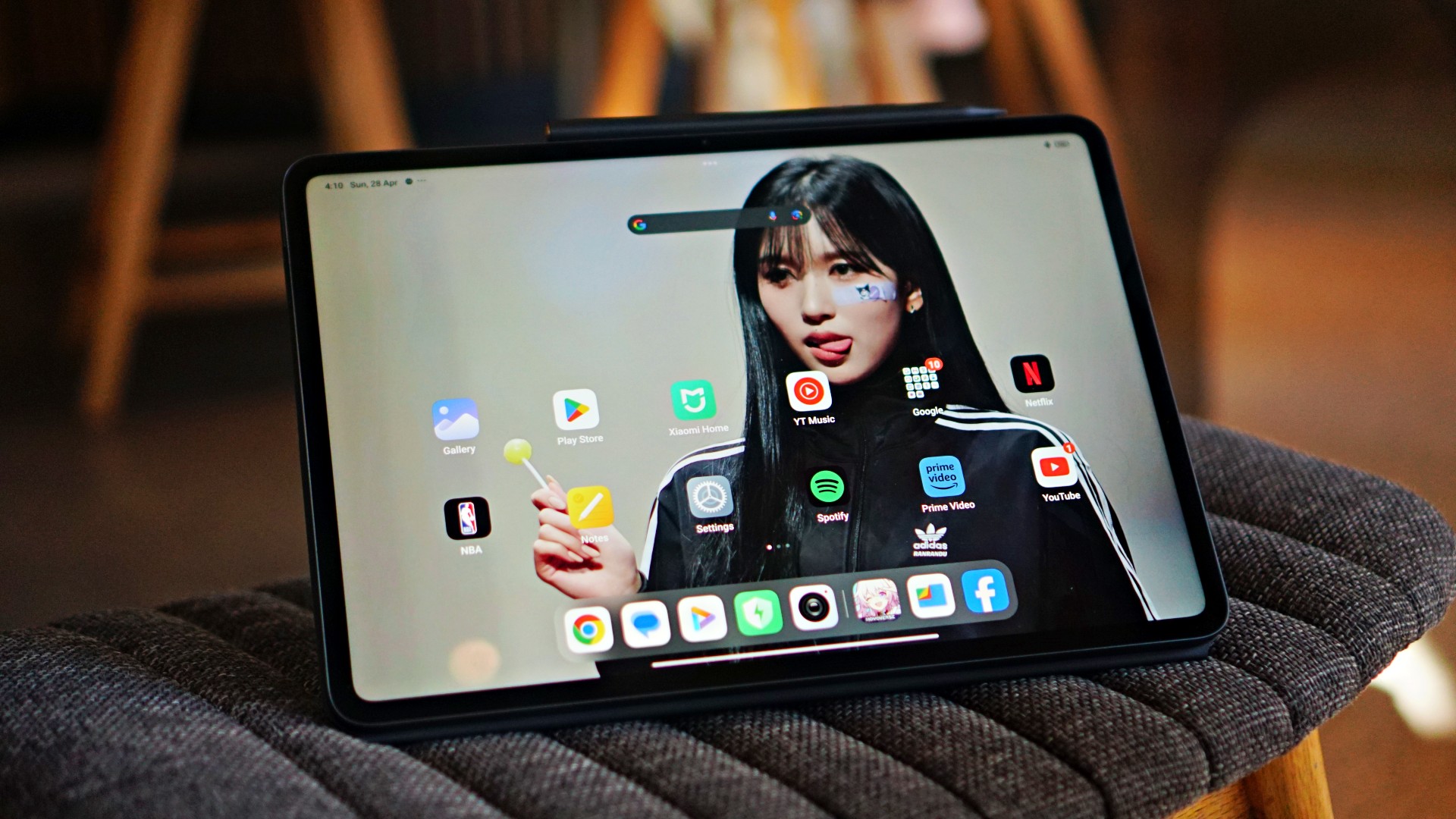
Around 8-9 months ago, I was in the market for a tablet that can be my on-the-go companion when I step out for events and don’t want to bring a laptop. I found it with the Xiaomi Pad 6 but now months later, the company has come out with a bigger, better version — the Xiaomi Pad 6S Pro 12.4.
Unboxing the Xiaomi Pad 6S Pro 12.4 and its accessories
Like the tablet that preceded it, the 6S Pro came with a generous accompaniment of accessories. Other than the tablet itself, there’s the Cover, Touchpad Keyboard, and the Focus Pen.
Watch the unboxing below.
@gadgetmatch This is our favorite Android tablet right now! #XiaomiPad6SPro #Xiaomi
Pros and cons of going bigger
The first, most recognizable difference between the Xiaomi Pad 6S Pro 12.4 and the Xiaomi Pad 6 is the size. The 6S Pro comes in at, as the name suggests, 12.4 inches while the 6 offers 11 inches of screen.
That may not seem like a lot on paper, but I assure you, the extra 1.2 inch makes a huge difference in practice.
For one, the 6S Pro just doesn’t fit in the Xiaomi Sling I was merrily walking around with. Thankfully, I have since acquired a bag small enough to carry around for half to full day affairs, but big enough to fit my usual 13-inch laptop. That means it also easily fits the 6S Pro along with all of its accessories for a lighter load out.
The extra size also means it’s mostly better to use on a desk vs carrying on hand. I can count in one hand the number of times I opted to hold the tablet instead of just propping it up on some surface somewhere.
While I’ve found a solution, I still count the mini-laptop-like size as a con especially if you’re really eyeing something that you can already use with your existing smaller bags.
The size of the screen though, makes it great as both a main screen or secondary screen. On days that I would work from home, I usually have the 6S Pro to my left, running episodes of Arrow as I go through the day’s work. Meanwhile, when I’m out and about, it makes for a more than big enough screen to handle tasks like some quick writing and email correspondence.
Better in many ways
Powered by the Snapdragon 8 Gen 2 processor, the 6S Pro is as powerful as flagship smartphones that came out late 2023 to early 2024. It’s as good as it gets.
I feel even more at ease using the multi-screen function knowing it has the hardware to keep things running, perhaps all day. I’ve had a handful of writing sessions in this set-up, including the very article you’re reading now.
That means you should have no qualms pushing its computing power. In fact, I have to say I have criminally underutilized it over the last 10-12 days that I’ve had it.
I’ve also used the multi-screen feature when scheduling posts on our social platforms.
It’s a handy function that works not just for productivity but also for more of my favorite showcase: Watching two different fancams (even if they’re of the same person), at the same time.
Media-viewing, you already know. The 3K display is absolutely stunning for media consumption. Other than X-Men 97 and Arrow episodes, I’ve used this to tune in to the NBA Playoffs in the morning. It’s the perfect white noise, desk companion.
And it’s not just the display too. The 6S Pro is equipped with 6 speakers with support for Dolby Atmos. While so many modern devices these days can say that. We can vouch that in the 6S Pro, this combination truly works wonders. If not old TV Shows, I switch over to music apps to listen to Gabe Bondoc, Jesse Barrera, BINI, TWICE, Marc Indigo, Kjwan,or whatever it is I’m in the mood for.
The top-of-the-line chip along with the 144Hz refresh rate also lends itself nicely to gaming. We only really played Honkai: Star Rail briefly but it was a fun and a little different experience on a display this large.
If you’re a content creator, this is also pretty darn good already for some light video editing. Whether that’s using the native video editor or an app like CapCut.
You can accomplish all of these tasks knowing you have a device whose 10,000mAh battery will more than keep up with you. Brought this along once on a 14-hour day and while I managed to drain it all the way to 13%, it did stay alive on a heavy-usage day. It tops up pretty quickly too thanks to its 120W HyperCharge tech.
There’s a lot you can do on the Xiaomi Pad 6S Pro 12.4 that I dare say it can replace a laptop for a large number of people.
About the accessories
The generous helping of accessories is also such a boon. These normally come as a bundle if you pre-order the device. And I can tell you right now, it’s totally worth it.
The Cover is a little unorthodox. Instead of the usual folio with a straightforward flapping cover, you get on that turns into somewhat of a triangular stand that sticks out. It looks odd at first but you’ll get used to it quickly especially since it lets you prop up the tablet in both portrait and landscape. Very helpful in many scenarios, especially when using apps that have no support for landscape orientation or are better off viewed vertically.
You don’t get a lot of versatility with how it tilts so that’s one thing to keep in mind. That means you get weird angles when using the pretty darn good selfie cameras when you’re in video calls.
For my part I opted to take calls while it’s propped up vertically.
The Cover also has a provision for the Focus Pen that I, admittedly, never really get to use a lot.
Although, I do plan to spend more time with the device. Hopefully I figure out more use-cases for the Pen during that time.
Lastly, there’s the Keyboard cover. Like the Cover, you don’t have a lot of freedom in terms of how it’s tilted. But that’s par for the course for most keyboard folios. But unlike most ones, this looks more like the Microsoft Surface where there’s a kickstand at the back.
The keyboard itself feels great to type on. There were days where I opted to write articles entirely on it because of the keyboard feel. It feels that good. Although it doesn’t light up so best to have a lamp at night or use it only when the lights are on. It also has an okay touchpad. Nothing too fancy but it gets the job done. The layout is so reminiscent of a regular laptop which added to the whole satisfying feeling when typing on it.
Xiaomi Pad 6S Pro 12.4 specs
- Display — 12.4” 144Hz 3K display, supports Dolby Vision
- Processor — Snapdragon 8 Gen 2
- Battery — 10,000mAh, 120W HyperCharge
- RAM and Storage — 8GB+256GB / 12GB+512GB
- OS — Xiaomi HyperOS
- Cameras — 50MP main (4K, 60 FPS video), 2MP depth, 32MP front (1080p, 30 FPS video)
- Connectivity — USB 3.2 Gen 1, Bluetooth 5.3, WiFi 7
- Audio — Six (6) speakers, support for Dolby Atmos, Hi-Res, Hi-Res wireless
Is this your GadgetMatch?
I absolutely love it when we get review devices that are easy to recommend. That’s exactly what the Xiaomi Pad 6S Pro 12.4 is. Mouthful of a name with a feature set that’s just as packed. It’s a device made for many purposes. It’s a workmate, a creative companion, and a relaxation buddy all-in-one. It certainly deserves the GadgetMatch Seal of Approval.
It also doesn’t hurt that it’s at a fair price point. Especially for everything it offers. I see this as a device great for anyone looking to be productive, creative, with a fair bit of balance since you can also use it to unwind with streaming apps and even gaming.
Price and availability
The Xiaomi Pad 6S Pro will be available in two variants and are priced as follows:
- 12+512GB — PhP 39,999
- 8+256GB — PhP 33,999
It comes in classic Black and White colors.
Meanwhile, the accessories are priced as follows:
- Focus Pen — PhP 3,499
- Touchpad Keyboard — PhP 6,499
Discounted from May 3 to 9
Naturally, these will be available at special slashed prices from May 3 to 9 on the Shopee exclusive online sale.
- 12+512GB — PhP 37,199
- 8+256GB — PhP 31,199
Buyers will get free Redmi Buds 4 Active (valued at Php 999) for every checkout of the Xiaomi Pad 6S Pro.
Convenient Smart Home
I swear, Samsung’s The Freestyle spells freedom
The projector-slash-smart-TV makes you want to watch shows wherever, whenever possible
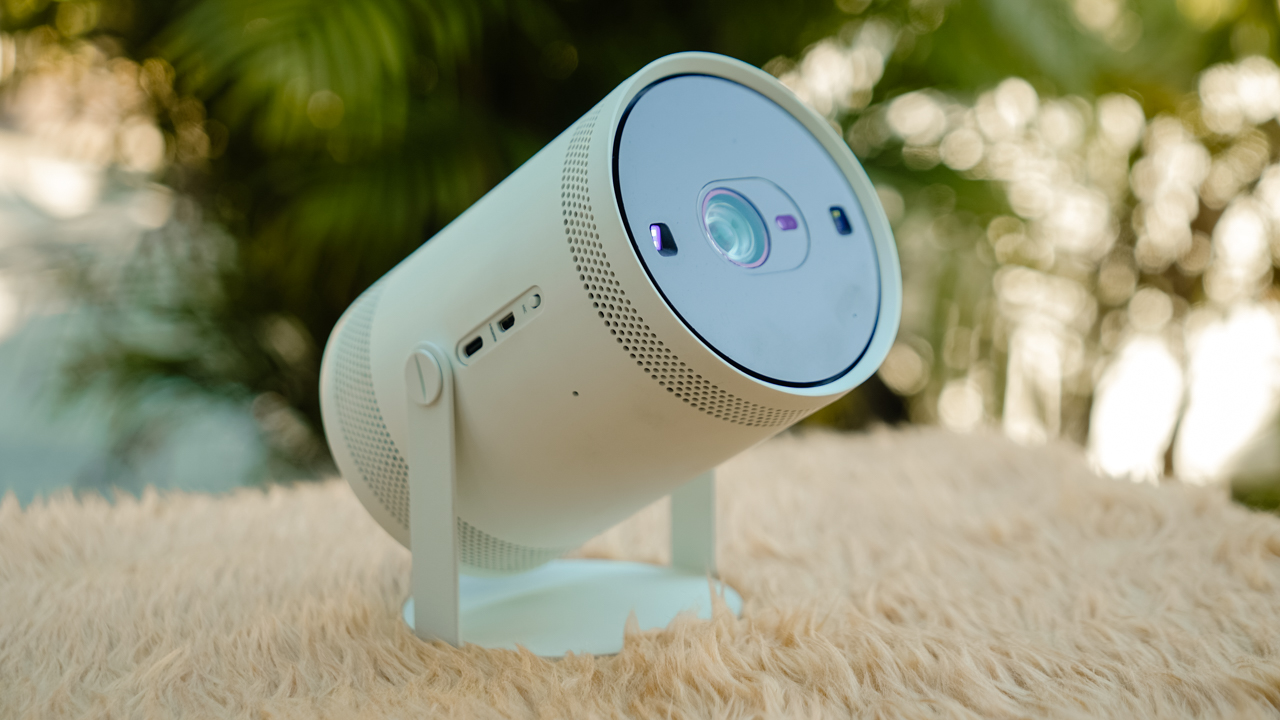
Anyone in their late 20s who just finally broken free from the asylum that raised them would know that settling for a small, tight space would be better for mental sanity.
Getting away from my parent’s clutches meant bidding goodbye to a capacious living room. There’ll be no more monstrous TV that I can watch on while I rot on the sofa bed.
You can’t have the same luxury in a 40 sqm condominium space. When you’re moving out, you have to let go some of the stuff that made you… you. But it gives you an opportunity to create a new identity, armed with the freedom of making decisions on your own.
Freestyle for those who just earned their freedom
Taylor Swift’s speech at the NYU Spring 2022 graduation ceremony resonated with me as I pack my bags and boxes.
“The scary news is: You’re on your own now. The cool news is: You’re on your own now.”
It’s scary to be on your own. No fallbacks; no safety net. But I revel in the freedom of making decisions that won’t be disapproved by my parents.
Instead of opting for the familiar rectangular TV, an unconventional projector such as Samsung The Freestyle took over my chamber.
I didn’t have to worry about mounting a TV on bare walls I haven’t decided how to decorate or setting a TV stand that would cramp my already tight space.
I’ve had my hands on it a few years back, which makes me familiar with its capabilities as a Smart TV. Now, it’s on its 2nd-generation, and this portable TV just got even better.
Learning to adjust and adapt
Samsung’s The Freestyle is easy to set up, and it’s even easier if you have a Samsung device that allows you to control everything through the SmartThings app.
While I have the Samsung Galaxy Z Flip5, I still managed to set everything up using my iPhone. My Samsung account, after all, is still logged in on my Safari browser. (I am deeply sorry, Samsung)
The beauty of having a Smart TV is how everything just works. It connected easily — on my WiFi, signing in my accounts, and accessing my favorite streaming apps.
It took me less than 30 minutes to set the whole thing up. From unboxing the device to figuring out the setup and finding the right angle.
It keystones automatically, which meant adjusting the screen to a perfect rectangle regardless of the angle you’re projecting on. This makes it easy to watch on a wall or on a ceiling — depending on your preference and watching behavior.
And more importantly, the remote control works even if you don’t point directly to the device. I tried pointing it at the screen and on a different wall, and the Freestyle just works flawlessly — even its voice assistants such as Samsung’s Bixby.
Whatever situation it finds itself in, the Freestyle just knows how to adapt and give you the best experience. I’m still learning to do the same.
Drawn to a whole new world
The first thing I did was watch my comfort anime, One Piece, and feel free like a kid again. The picture quality — whether on daytime or at night — is superb, vivid, and crisp.
Even at the scorching noon time reaching a heat index of almost 50-degrees Celsius, the sunlight is no match for the Freestyle’s projected screen. It’s like looking at a phone screen with almost 3000-nits peak brightness.
Netflix has just added the Enies Lobby arc, which is the storyline that made me fall in love with the anime. Having no friends growing up like Nico Robin makes me burst into tears every time I re-watch the scene where she screamed wanting to be live and be saved.
It didn’t help that the built-in speaker projects a 360-degree sound making me feel as if Nico Robin is screaming within my apartment.
To refresh my tears and regulate my emotions, I shifted to watching my favorite Disney movies since I just came back from Hong Kong Disneyland, and the magic’s still inside me.
I relieved my memories by playing my favorite films such as Aladdin, Frozen, Tangled, and Little Mermaid. Singing to my childhood songs made it magical, and the Freestyle just makes the experience spectacular.
Since the Freestyle can be connected via Bluetooth and/or HDMI to another sound system, I linked it to my JBL PartyBox Encore Essential, which immersed me and my whole space — making me feel like I’m back in Disneyland.
Of course, I almost burst into tears again.
To endless possibilities
I had a lot of fun using the Freestyle. Sometimes, I’d stand in front of the projector while playing some of Ariana Grande’s music videos, acting as if I’m starring in my own music video. Honestly, there are plenty of ways to experience and enjoy the Freestyle.
It’s portable, lightweight, and I bet it would make a great tool for traveling — especially on camping and road trips. I haven’t found ways to do that since I’m preoccupied with moving in and out of my new home.
Looking back, I would have loved to own the Serif as I dream of decorating my own space with my own aesthetic. But the sudden life change didn’t give me the space and the budget to make me build my dream space.
Nevertheless, it came with an unconventional solution. One that gave me endless possibilities as I try to explore who I am becoming. The Freestyle suits those with creative minds; it’s just as versatile as I am. Simply plug it in and find the right angle to experience a new way to watch your favorite content.
Maybe we don’t get what we want, but the universe will always give us what we need at the moment. Everything is still in perfect alignment. That’s my conclusion from the whole ordeal with the moving out process and having to only take the Freestyle with me in my new space.
Is this your GadgetMatch?
I’m a big fan of Samsung’s Lifestyle TVs. Most of the time, they’re unconventional and fits a certain aesthetic and — of course — lifestyle.
Samsung The Freestyle fits those who are in love with freedom, wanting to watch their favorite shows in YouTube, Netflix, or Disney+ whenever, wherever possible. It’s a smart projector and TV in one that won’t require you to use your last three brain cells, because it just works.
Samsung The Freestyle (2nd Gen) is currently available at an introductory price of PhP 34,999. Its predecessor retailed for PhP 48,999.
SEE ALSO: Samsung Freestyle: On-the-go smart entertainment hub | Samsung The Serif: What’s it’s like to watch on an artistic TV? | Samsung The Premiere: Turn any space into a private cinema
Reviews
OnePlus 12R review: Making sense of OnePlus’ latest flagship
Smooth beyond belief, but is it worth the upgrade?
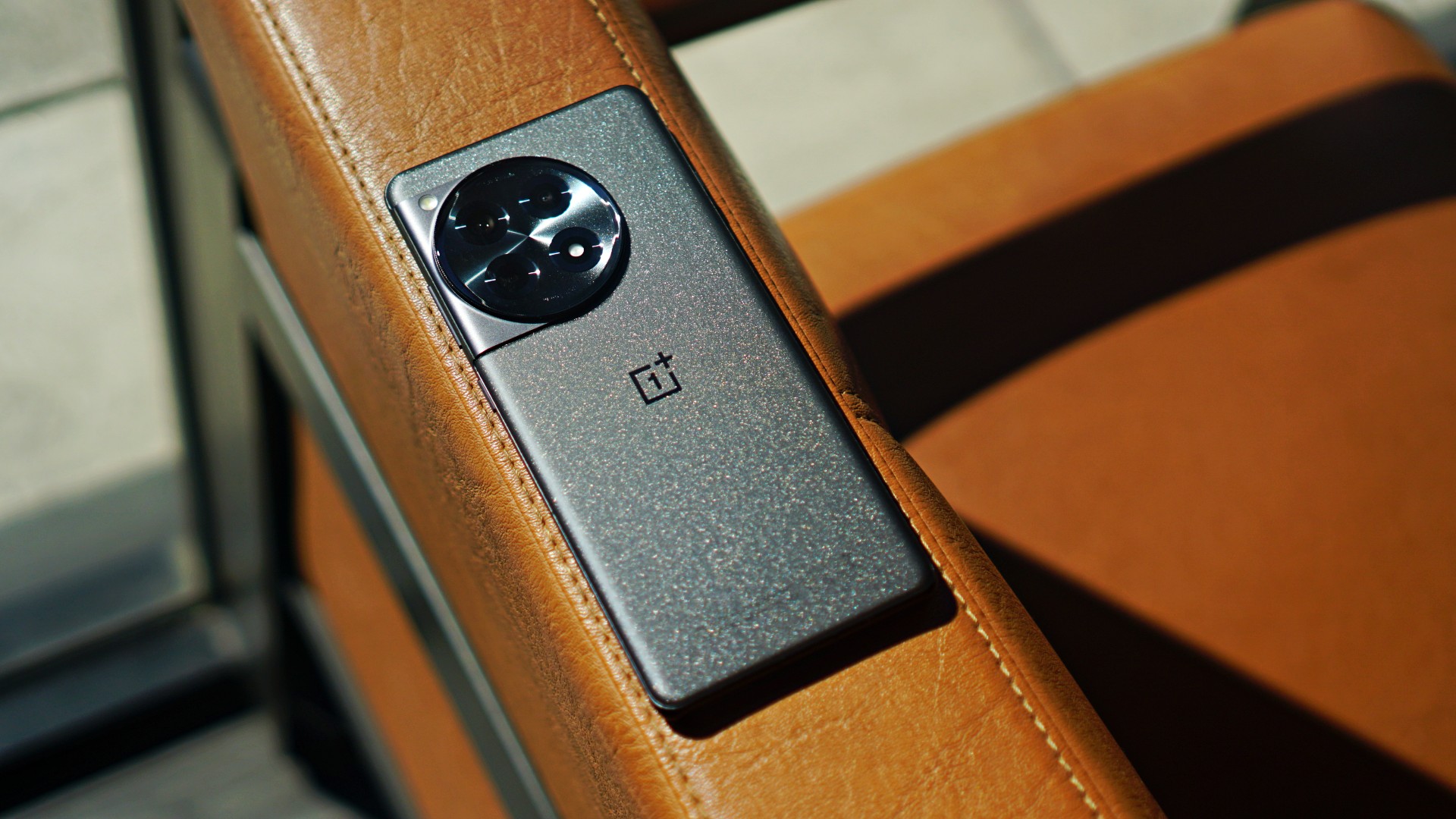
OnePlus has been fairly consistent when it comes to their positioning. Historically, the brand has offered flagship-level smartphones for a more affordable price point compared to its chief competitors. The OnePlus 11, for instance, did great overall, with just minimal misses here and there.
Now, the brand is back with the OnePlus 12R. It’s technically the “lite” or base model of the latest numbered series, but promises the same smooth, flagship-caliber experience. Users loyal to the OnePlus brand might think, is it time to upgrade? Conversely, is it worthy of a non-OnePlus regular’s consideration?
OnePlus 12R specs
- Qualcomm Snapdragon 8 Gen 2 chipset
- OxygenOS 14 based on Android 14
- 16GB RAM
- 256GB internal storage
- 6.78-inch LTPO AMOLED display, HDR10+, Dolby Vision, 94.2% screen-to-body ratio
- 120Hz dynamic refresh rate, up to 1000Hz touch response rate
- 5,500mAh battery
- 100W SUPERVOOC charge
Appearance, feel: Still needs improvements
It’s good that the OnePlus 12R’s volume keys are now on the right. It makes it easier to adjust the volume when held with just one hand.
The alert slider is on the left, and the selfie camera punch hole is in the middle. Other than that, there aren’t many changes. The rear cameras look exactly the same from the OnePlus 11 series.
I wish OnePlus solved the slippery problem too. Although the unit we reviewed had a matte black finish, it was still slippery to hold. I’m sure most users have this habit of putting their phones on their laps from time to time. I wouldn’t recommend doing that with this particular model.
It will fall 100% of the time. Furthermore, it doesn’t help that there is no case to at least reinforce the grip. I was extra cautious every time I held the phone, because it just didn’t give me that assurance I was looking for.
Display, audio: Immersive, punchy
Moving on, the device’s display is bright as it gets. You will see content with a more natural tone. Details are vivid and crisp, and are retained even in bright and dark spots. Even when you zoom in on a 2160p video being played, you are guaranteed clear and accurate images. Moreover, I didn’t experience any eye strain while doing a handful of stuff on the phone. That’s always a great sign, but is expected of more expensive phones nowadays.
On the audio side, the dual speakers provide you with an immersive feel. The sound comes out loud and punchy. They’re also placed appropriately. Even when you hold the phone horizontally for streaming or gaming, chances are you won’t block the speakers with your fingers.
Performance, browsing, gaming: Smooth AF
Performance wise, the OnePlus 12R is good as advertised. You will feel the smoothness right away when scrolling, switching between one app to the other, and more. This annoying thing that happens with Android phones lately where the keyboard just suddenly hangs on your screen didn’t occur once with the OnePlus 12R.
I also played Marvel Super War, easily one of the most demanding MOBA titles out there. The phone did not get hot even after a lengthy session at high graphics settings. That’s where the upgraded RAM capacity kicks in. But I feel it’s something the OnePlus 11 can also do, so it isn’t downright special.
I love the larger battery on the OnePlus 12R. It easily lasts a whole day on average usage. You’ll need just about 40 minutes to charge it from 15% back to full. When not in use, it will spend probably just 1% to 2% battery overnight on standby.
OnePlus 12R cameras: Hit and miss
- 50MP f/1.8 Sony IMX890 main camera
- 8MP f/2.2 ultra-wide camera
- 2MP macro camera
- 16MP selfie camera
Although OnePlus has a partnership with Hasselblad, the OnePlus 12R particularly uses a Sony IMX890 sensor for its main camera. It delivers fairly well for what is expected of a OnePlus camera. Color reproduction is very… well, OnePlus (you’ll understand if you’ve been using OnePlus devices in the past).
The tone is more on the redder, browner, and slightly more saturated side, which is ideal for food and landscapes. You’ll definitely capture the vibe of places and entice viewers with your food photos. This is without needing to post-process the color temperature or add filters.
The main camera does its job. It retains good detail even in captures against the light, thanks to its high dynamic range. It does well to fend off the sun’s rays or unwanted glares, and blend it with the photos you take.
You will get crisp and vivid photos by default, but detail loss will begin to be felt at 2x zoom and beyond. But it’s not like that’s super noticeable from your phone’s screen.
What I appreciate is the adjustable depth of field after portrait shots, for you to be able to match the background’s blur or bokeh effect properly with the subject. Speaking of, I underwent a trial and error phase under portrait mode. Some snaps came out out of focus, even if the indicator said “ready.”
But I reckon it’s not a perfect process, so I just adjusted on the fly. However, I did expect a lot more assistance from the camera especially since there’s some AI processing that comes with the algorithms. There were also times where the blurred effect at f/1.4 was too exaggerated, as if it’s cartoonized. On the positive side, there’s not much segmentation error and the transition from focused to blurred parts is generally smooth. But it would be tricky for users who aren’t too meticulous adjusting settings and would just rather point and shoot.
Other than that, I enjoyed shooting cityscapes and landscapes with the 8MP ultra-wide lens. There’s just a “correct” feel to it and it covers what you intended to do properly. The 2MP macro lens is extraneous at this point, since the main camera does pretty well for close ups of food and other subjects. I wouldn’t have hurt for OnePlus to include a periscope lens or an extra portrait sensor, considering its price point. As for filming, the camera package also has OIS and EIS support, and taking videos at 1080p @ 60fps had no hiccups on my end.
In front, the selfie camera delivers the same, “realistic” results as its predecessor. This may both be a good and bad thing for those who want smoother selfies instead of having their pores or eyebags come out too sharp. Personally, I prefer some smoothness with selfies, but a little retouching won’t hurt. You do you.
Is this your GadgetMatch?
As I’ve mentioned, OnePlus is consistent with how they approach the market. Loyal OnePlus user? You may feel this is an upgrade if you’ve been using a handset from two to three generations prior. Trying something new to break the iPhone-Galaxy S series duopoly? Go ahead, there’s no harm trying.
The OnePlus 12R is smooth, without a doubt, if that’s what you’re looking for. The camera package delivers the same signature performance expected of the brand. On paper, there are a lot of improvements. But is it worth it? It’s tough to say yes resoundingly.
If you happen to own a OnePlus 10 or 11, the differences in overall usage are minute. If you’re ready to spend PhP 40,000 or more, there are a lot of options that come with more cameras or put focus on gaming. Alternatively, if you want to save, there are also capable flagship killers in the market for a lot less. Moreover, other top brands’ flagships — base model or better — are selling for a lot less these days.
That makes the release of this particular variant from the series a little confusing or questionable at this point. Perhaps, it would have been better if OnePlus waited a bit more and dropped a banger of a latest flagship line with a lot more features and enhancements. I’m trying to make sense of it, but for now, it’s best to wait.
The OnePlus 12R retails for PhP 43,990 in the Philippines.
SHP: https://bit.ly/OnePlus-12R-Shopee
LAZ: https://bit.ly/Oneplus12R
Kiosks and partner Stores: http://bit.ly/3O9q76V
-
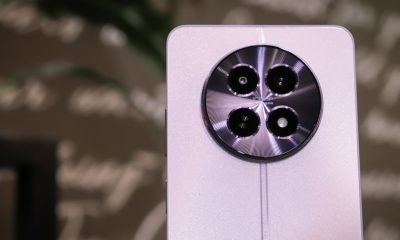
 Reviews7 days ago
Reviews7 days agorealme 12 5G review: It was enchanting to meet you
-
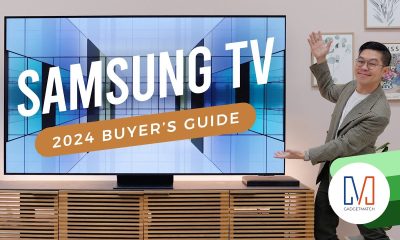
 Buyer's Guide2 weeks ago
Buyer's Guide2 weeks ago2024 Samsung TV: Buyer’s Guide
-

 Reviews2 weeks ago
Reviews2 weeks agoJBL Soundgear Sense review: Make every run magical
-

 Reviews3 days ago
Reviews3 days agoOnePlus 12R review: Making sense of OnePlus’ latest flagship
-
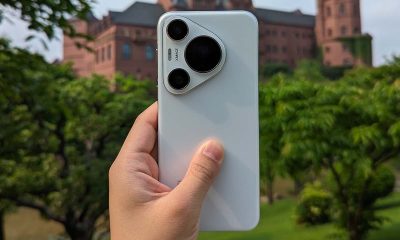
 Smartphones2 days ago
Smartphones2 days agoHuawei Pura 70 Pro Unboxing and First Impressions
-

 Reviews2 weeks ago
Reviews2 weeks agoChallengers review: A thrilling drama wrapped as a tennis anime
-
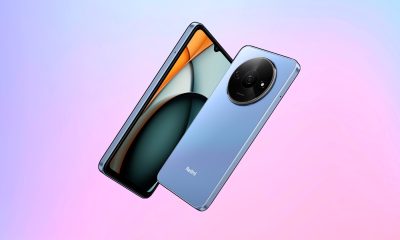
 News1 week ago
News1 week agoXiaomi Redmi A3 Philippine pricing, availability
-

 Smartphones1 week ago
Smartphones1 week agoInfinix NOTE 40 Pro+ 5G: Philippine pricing, availability


